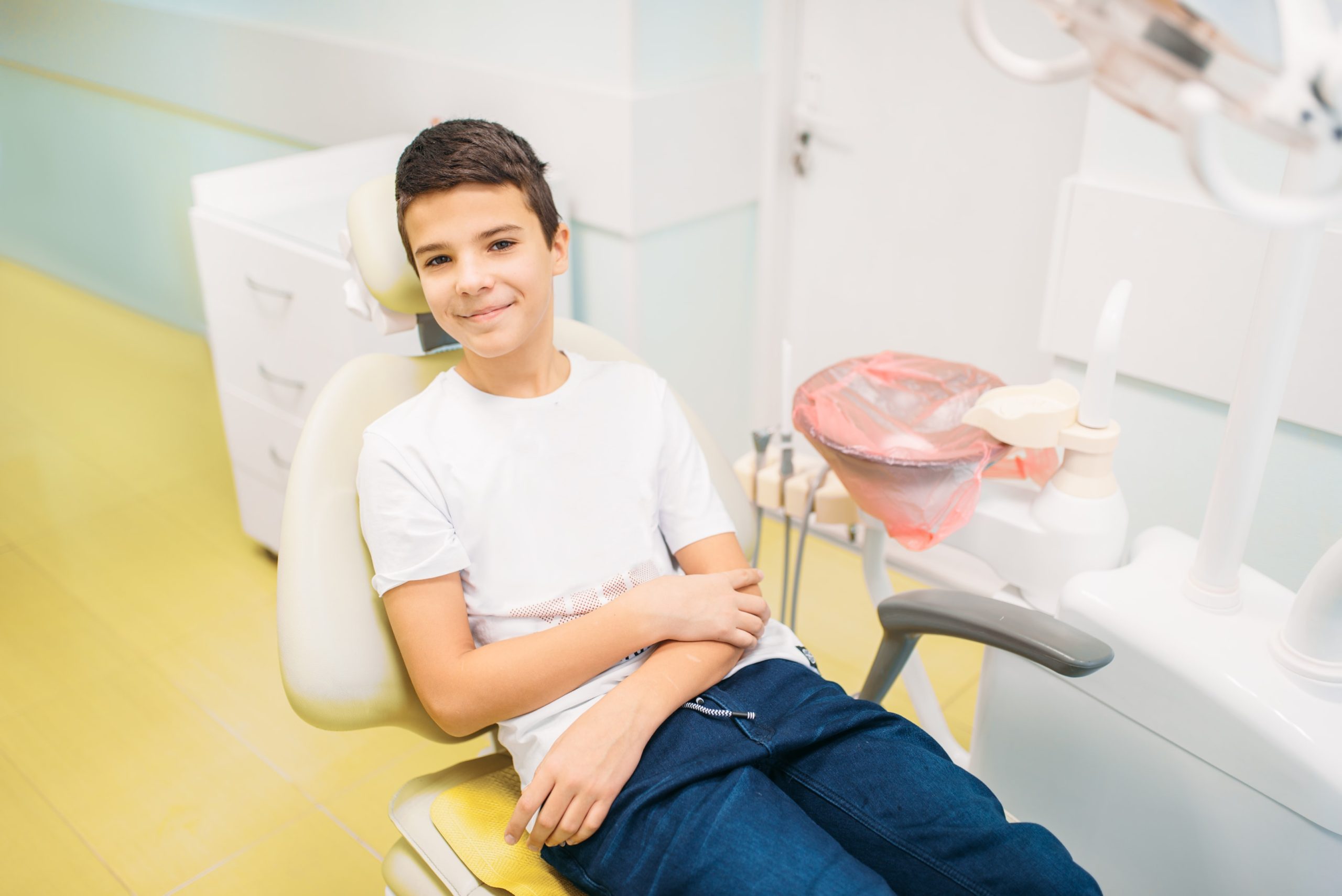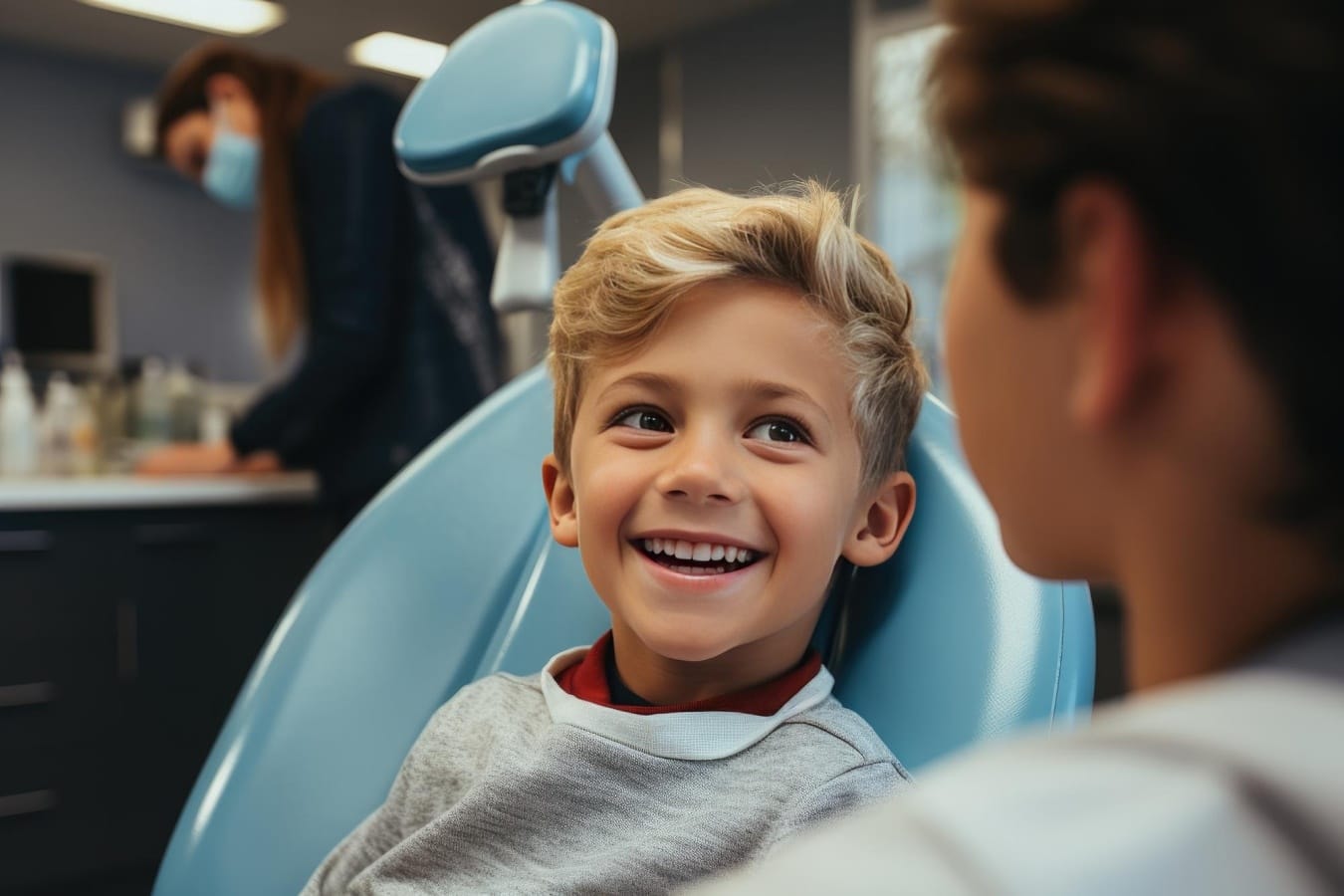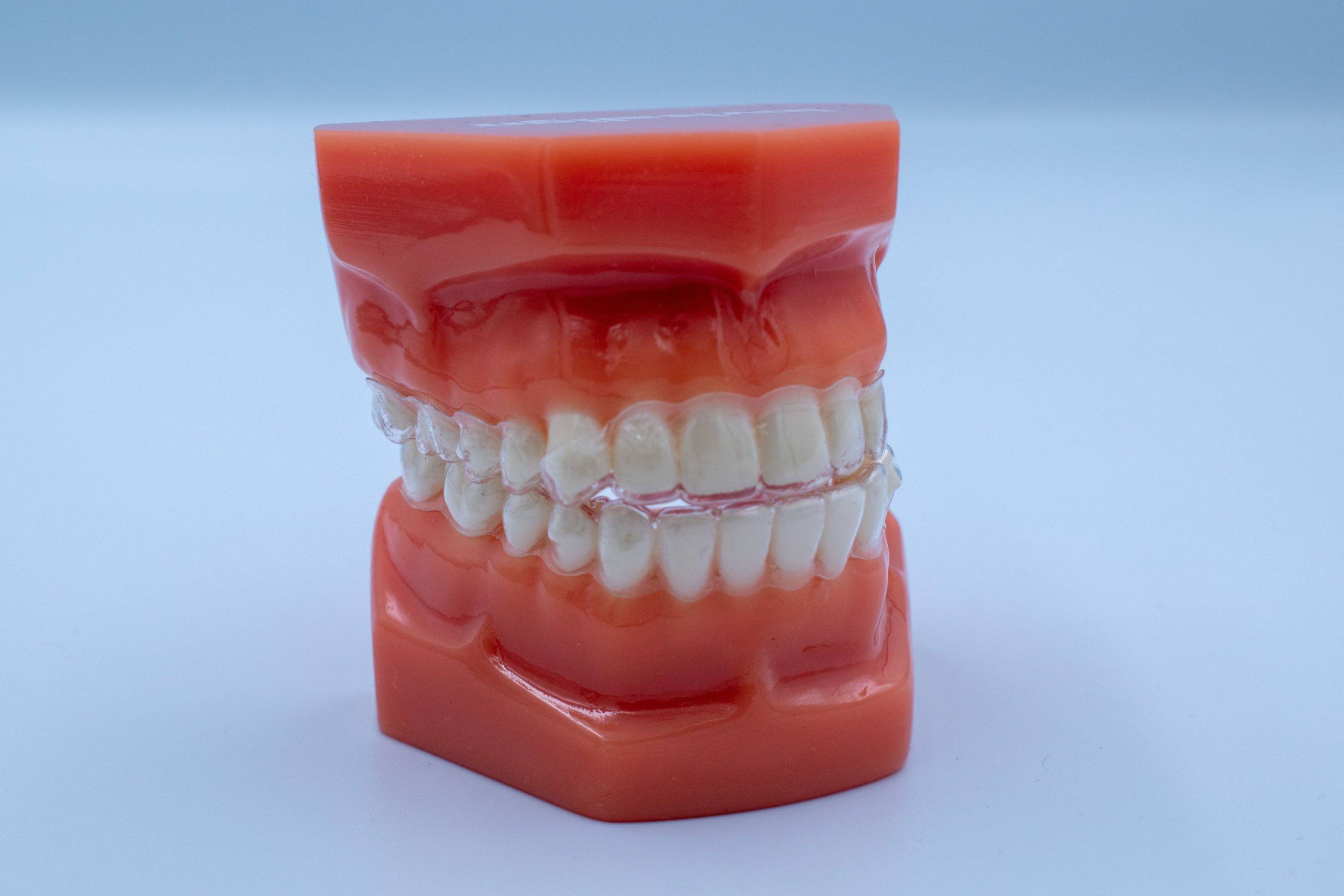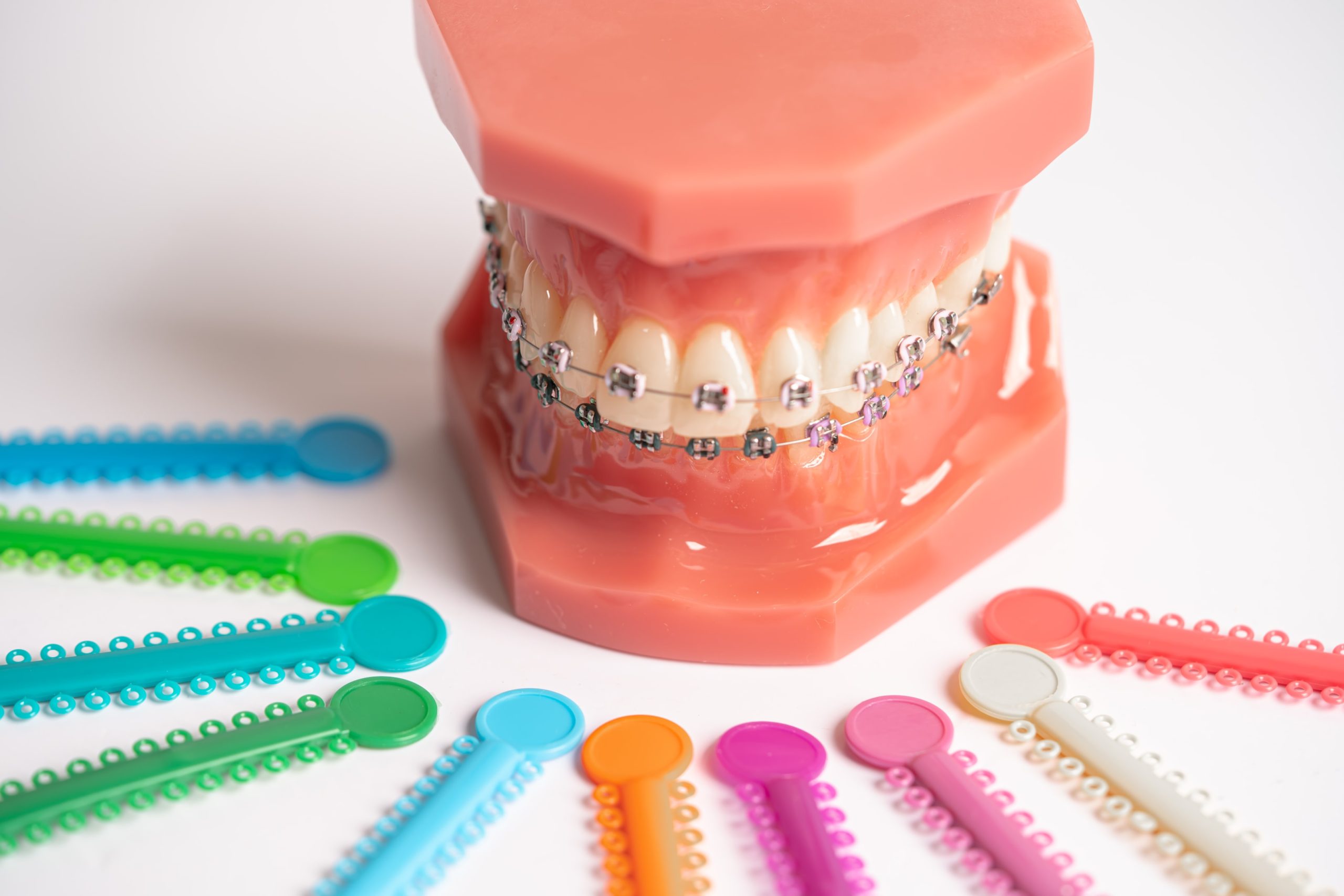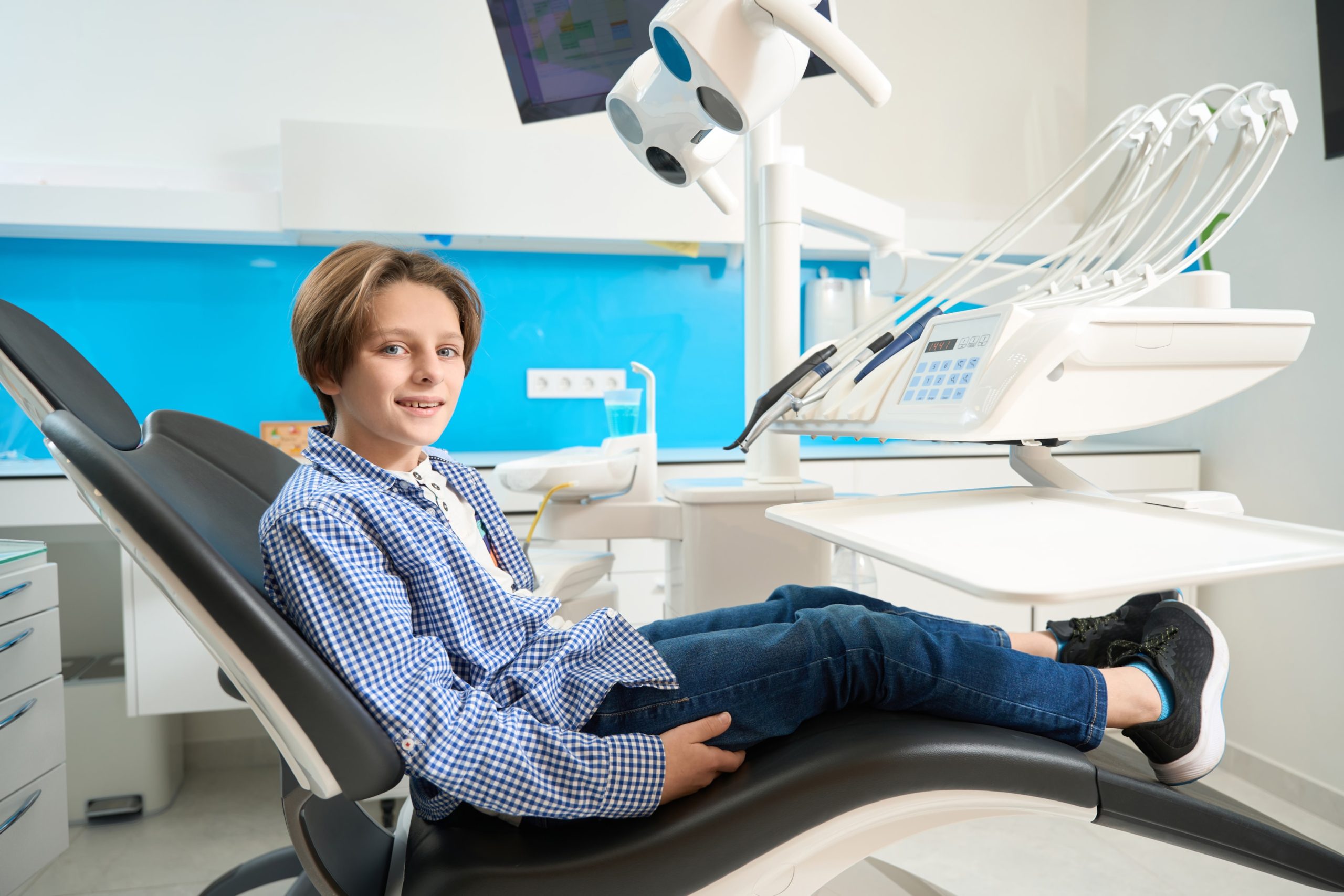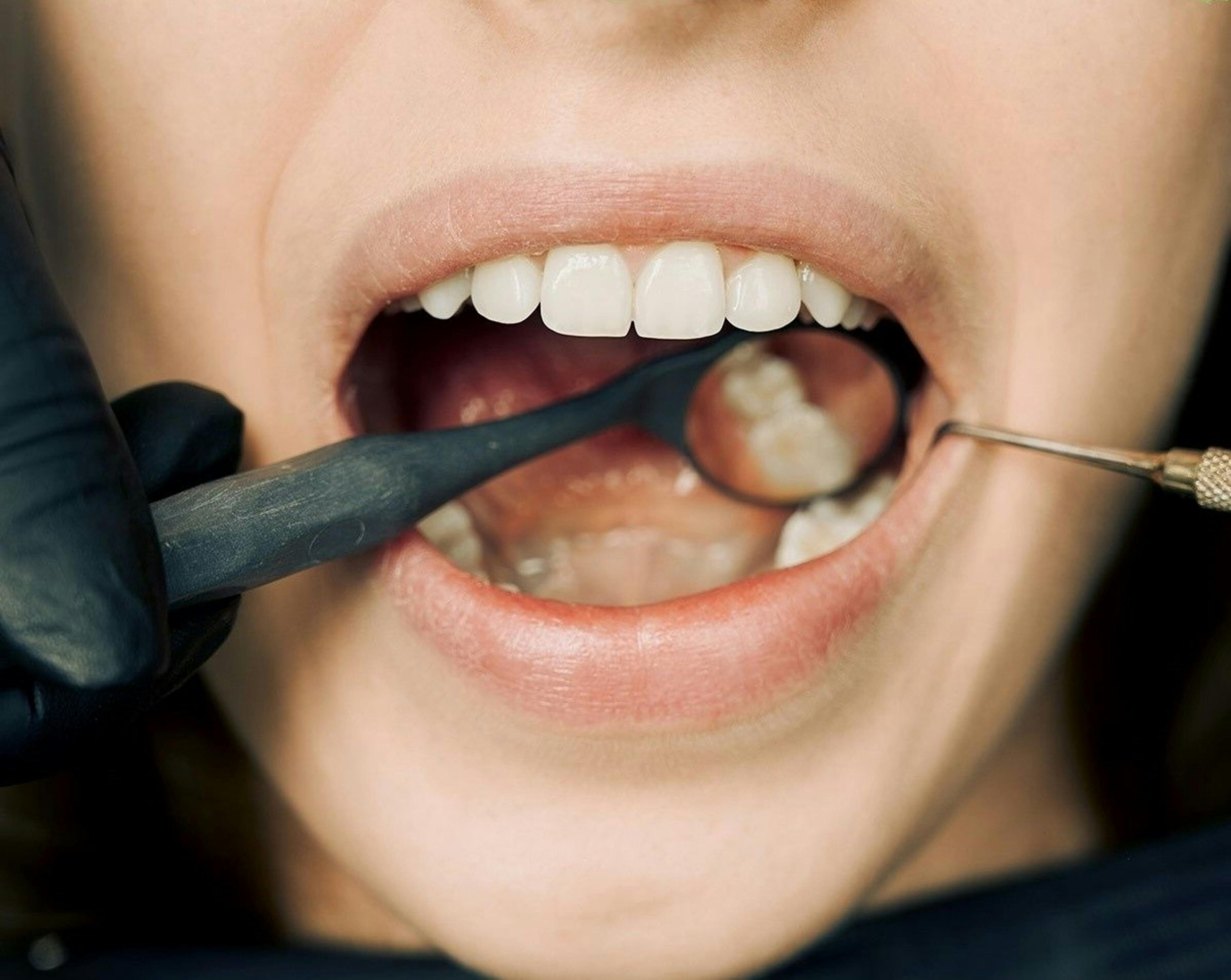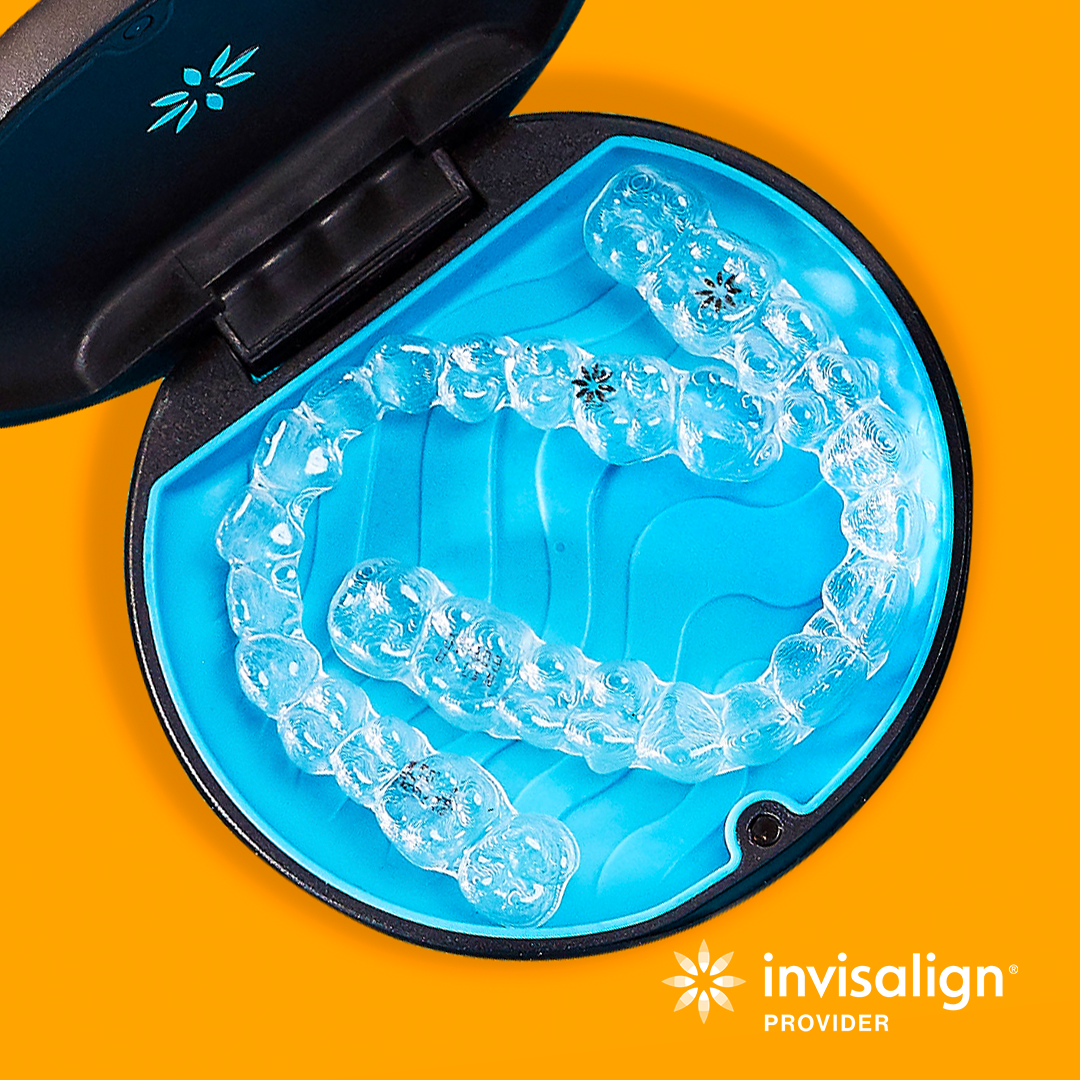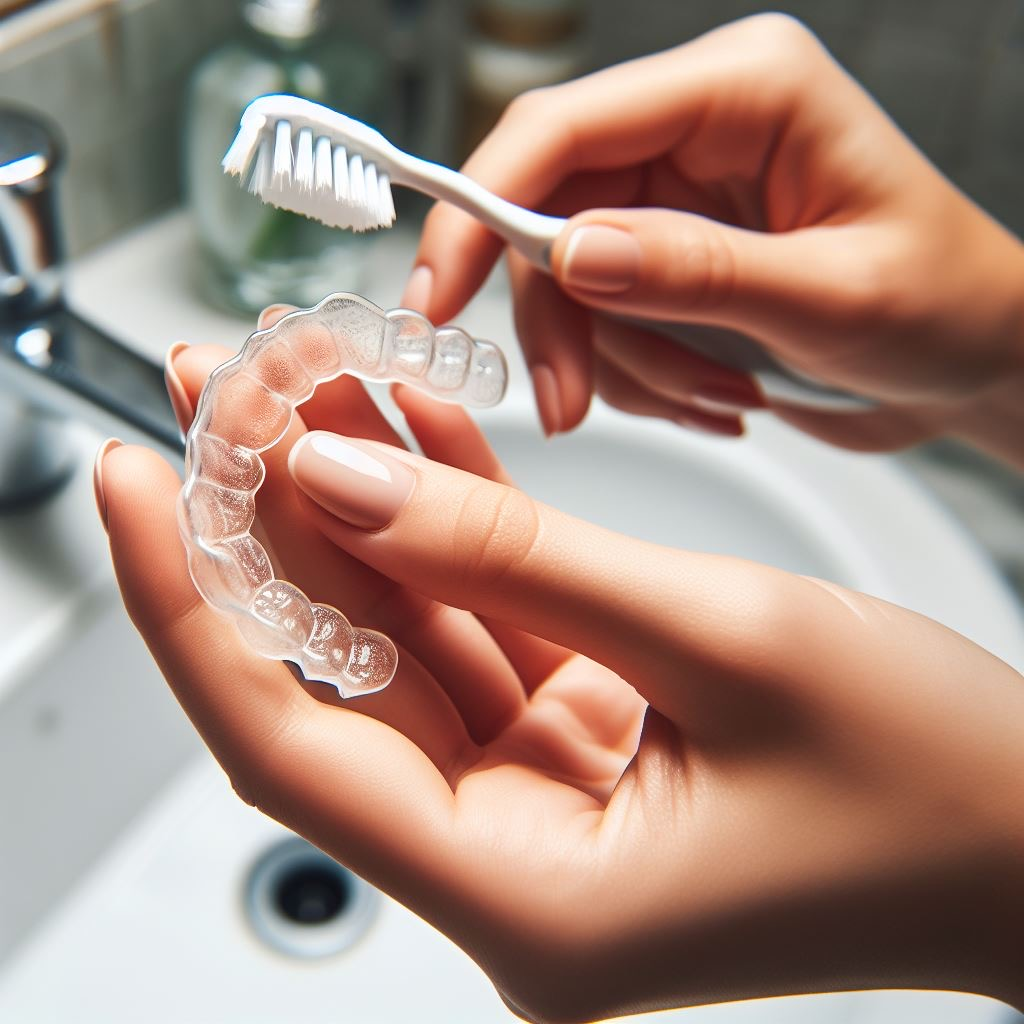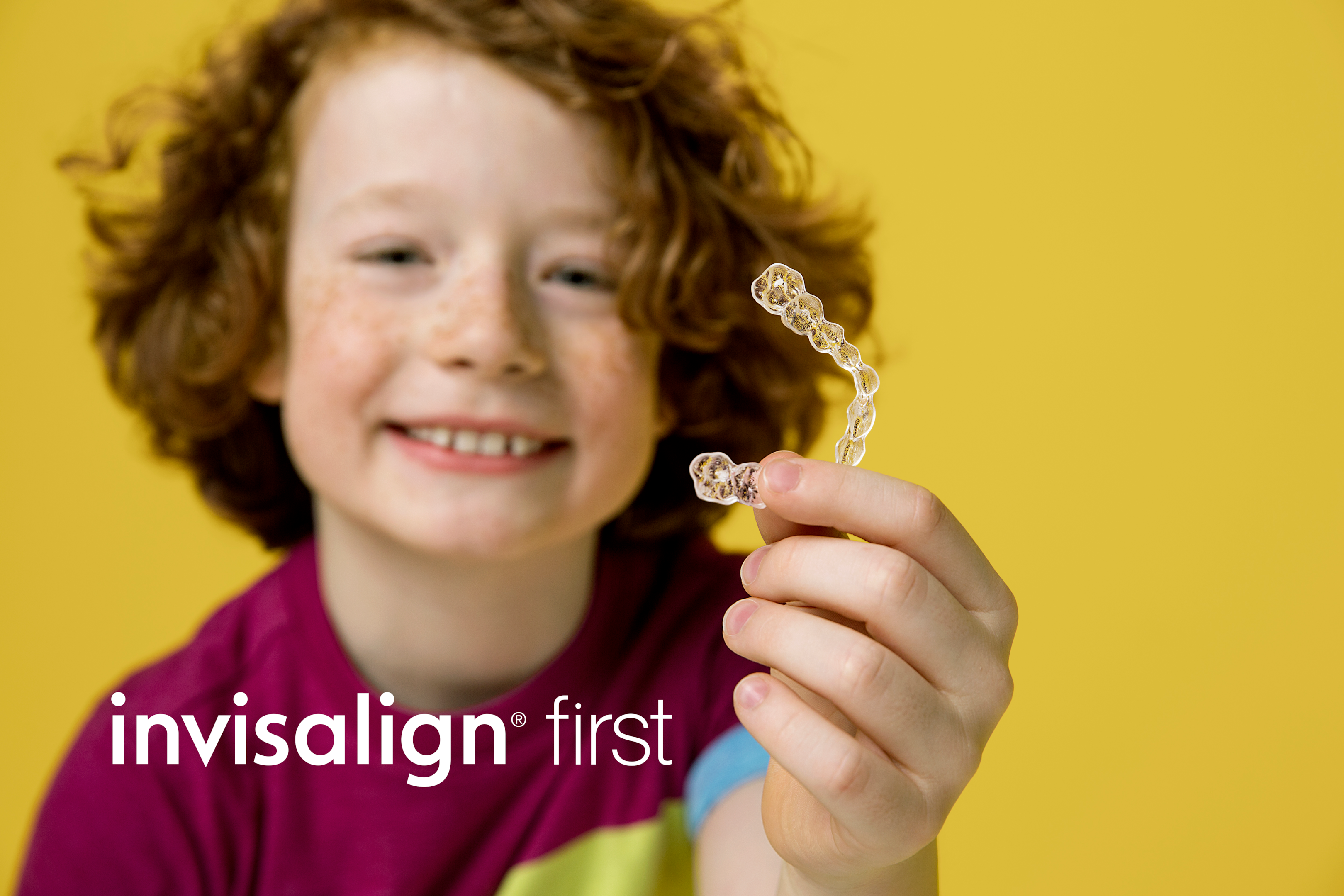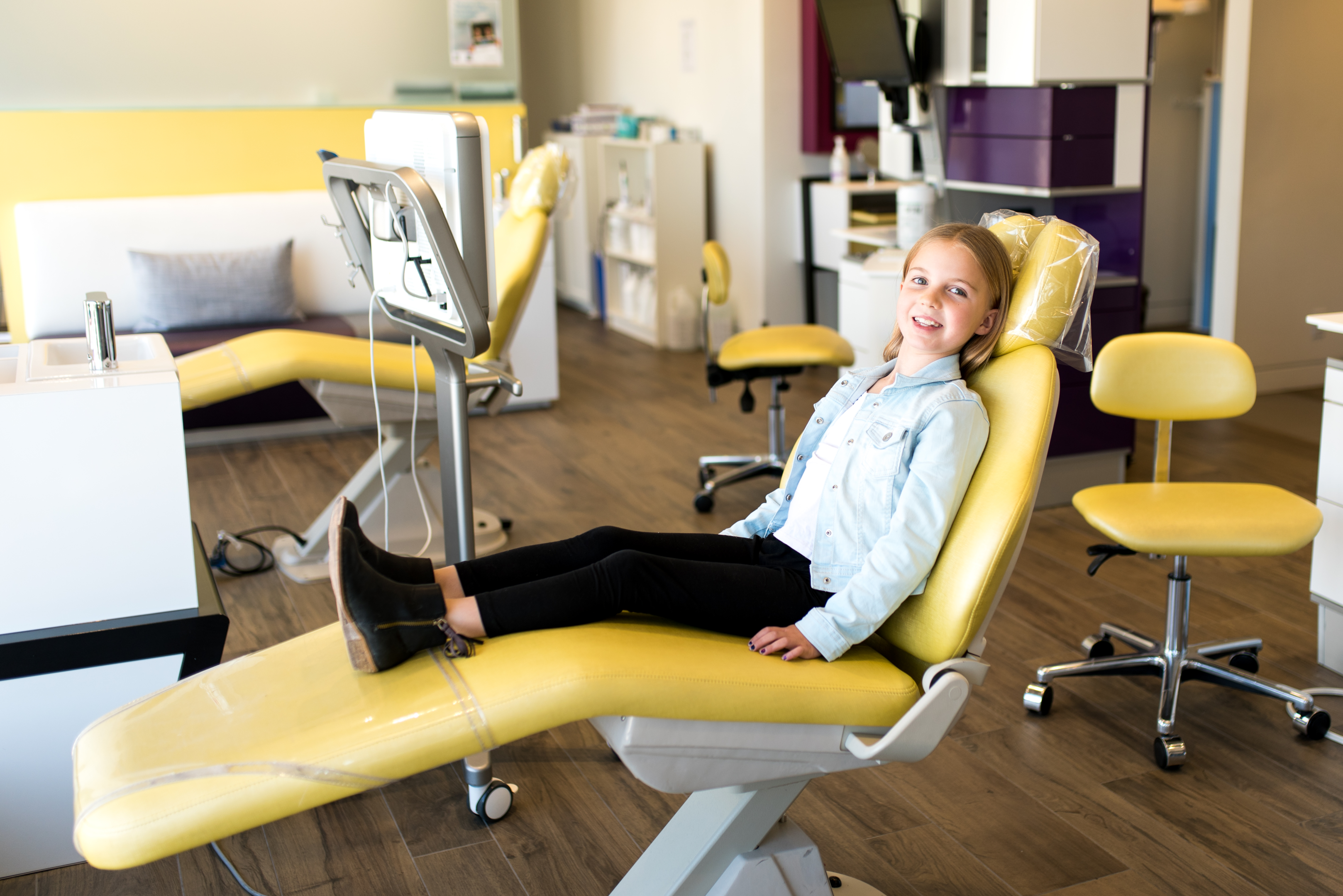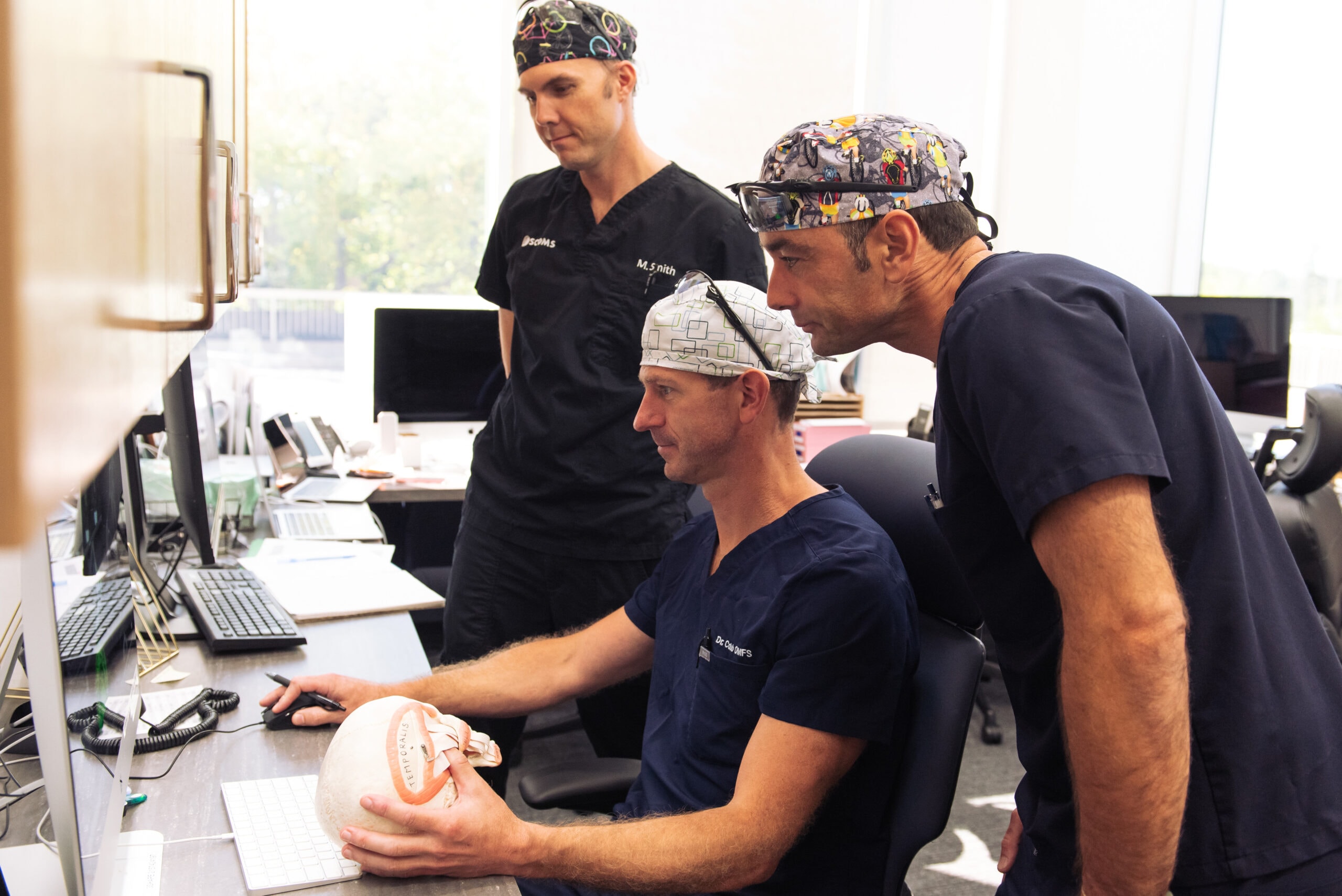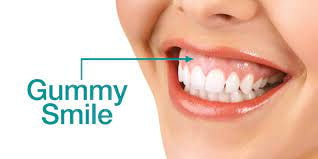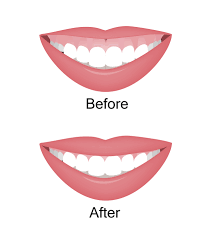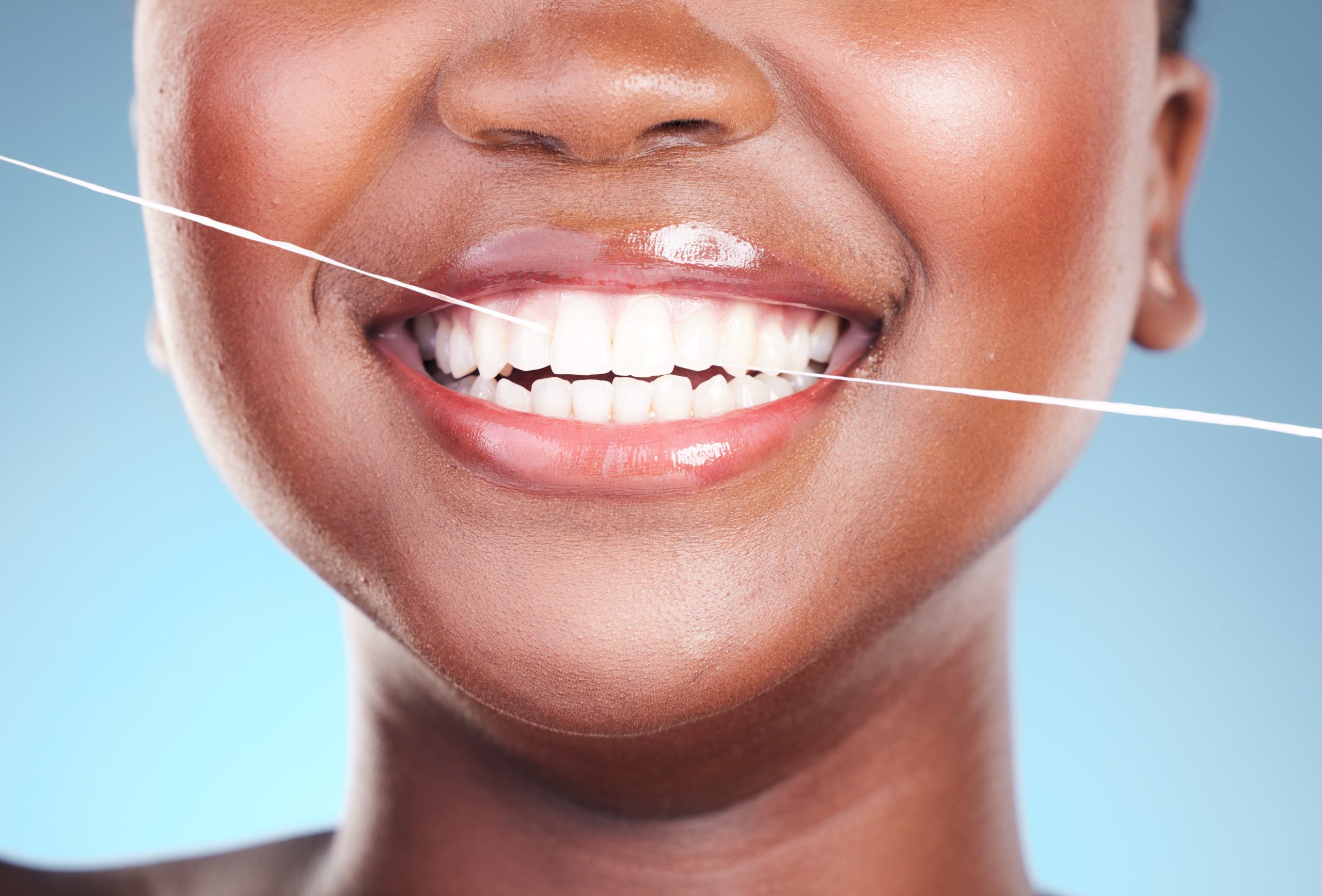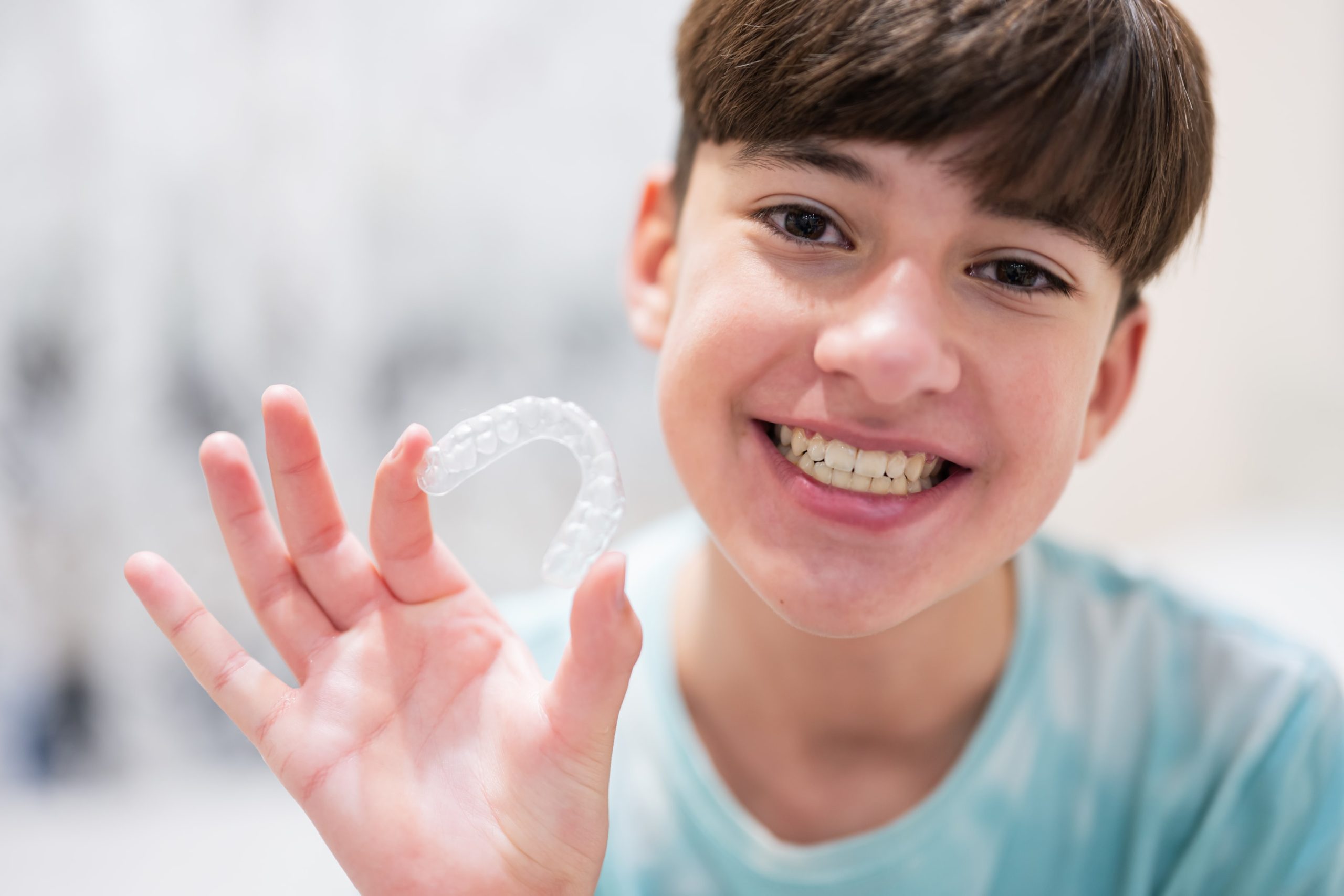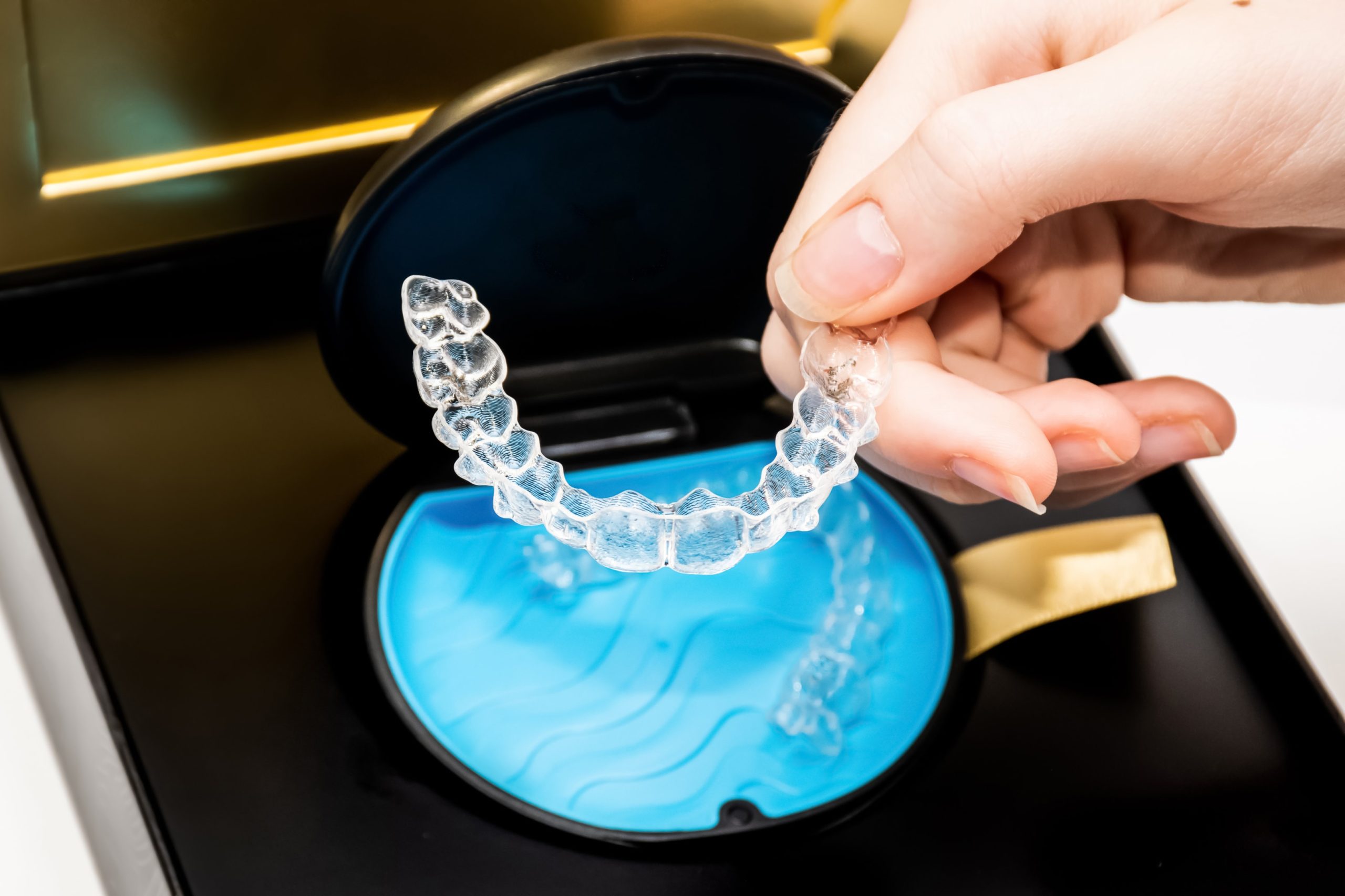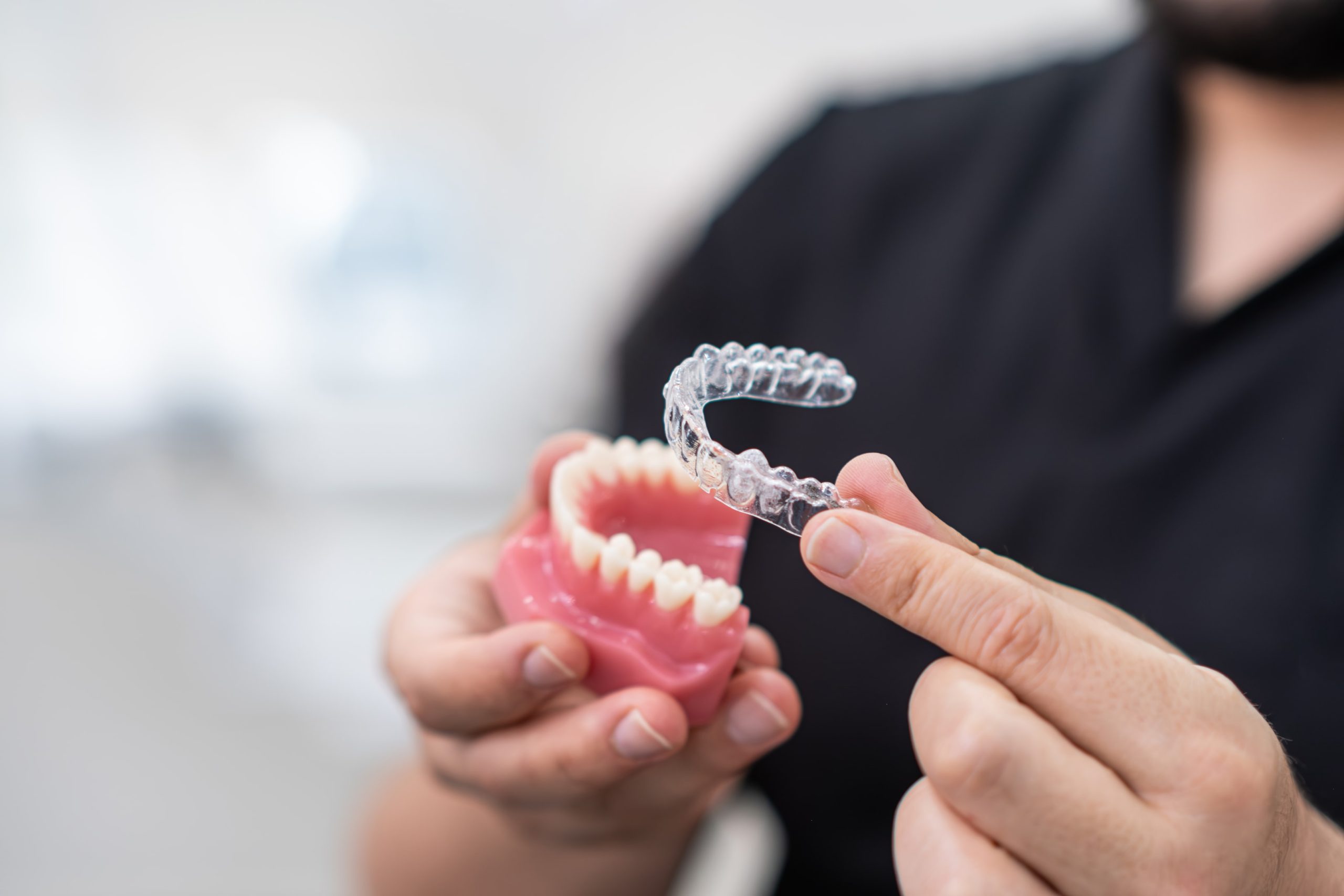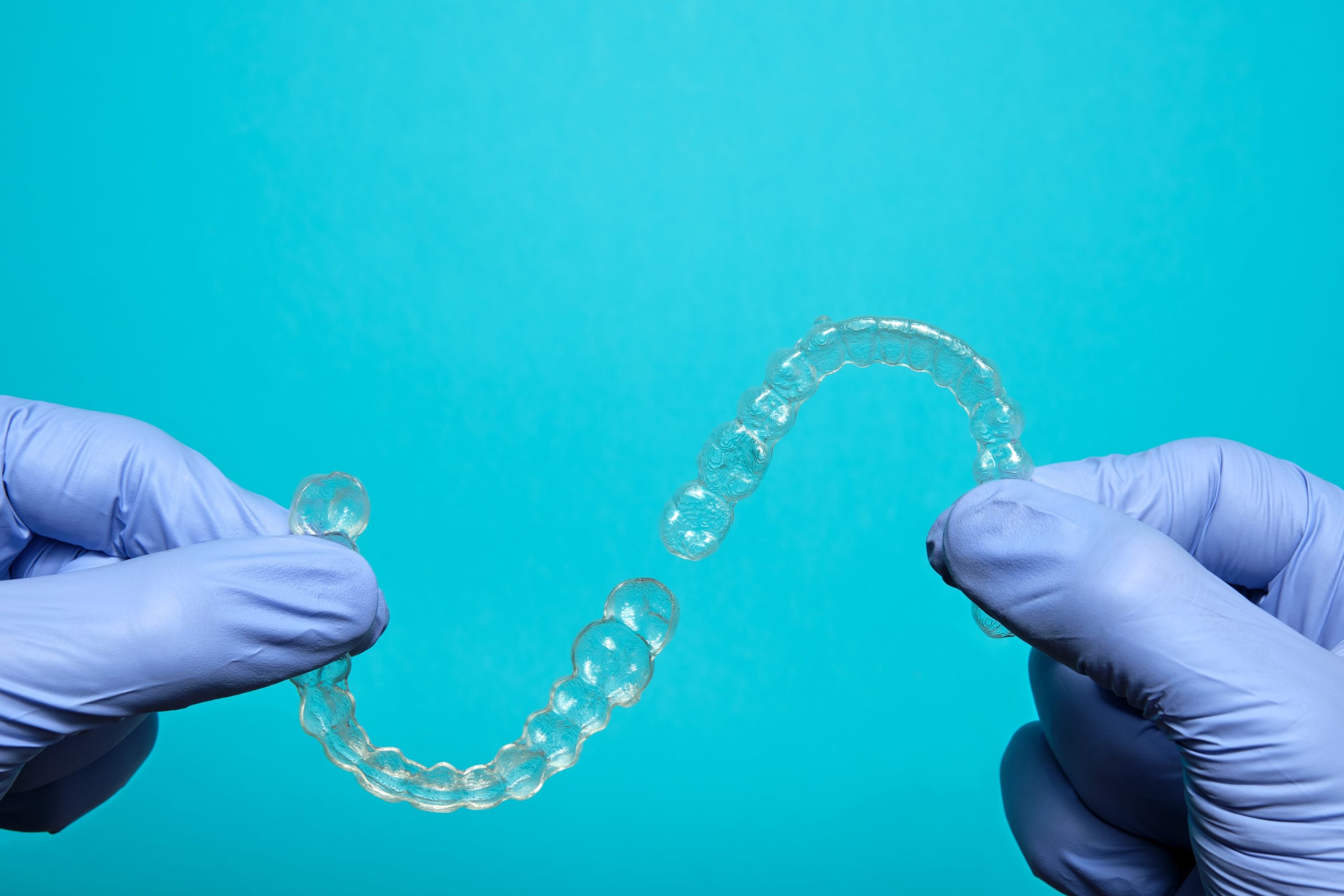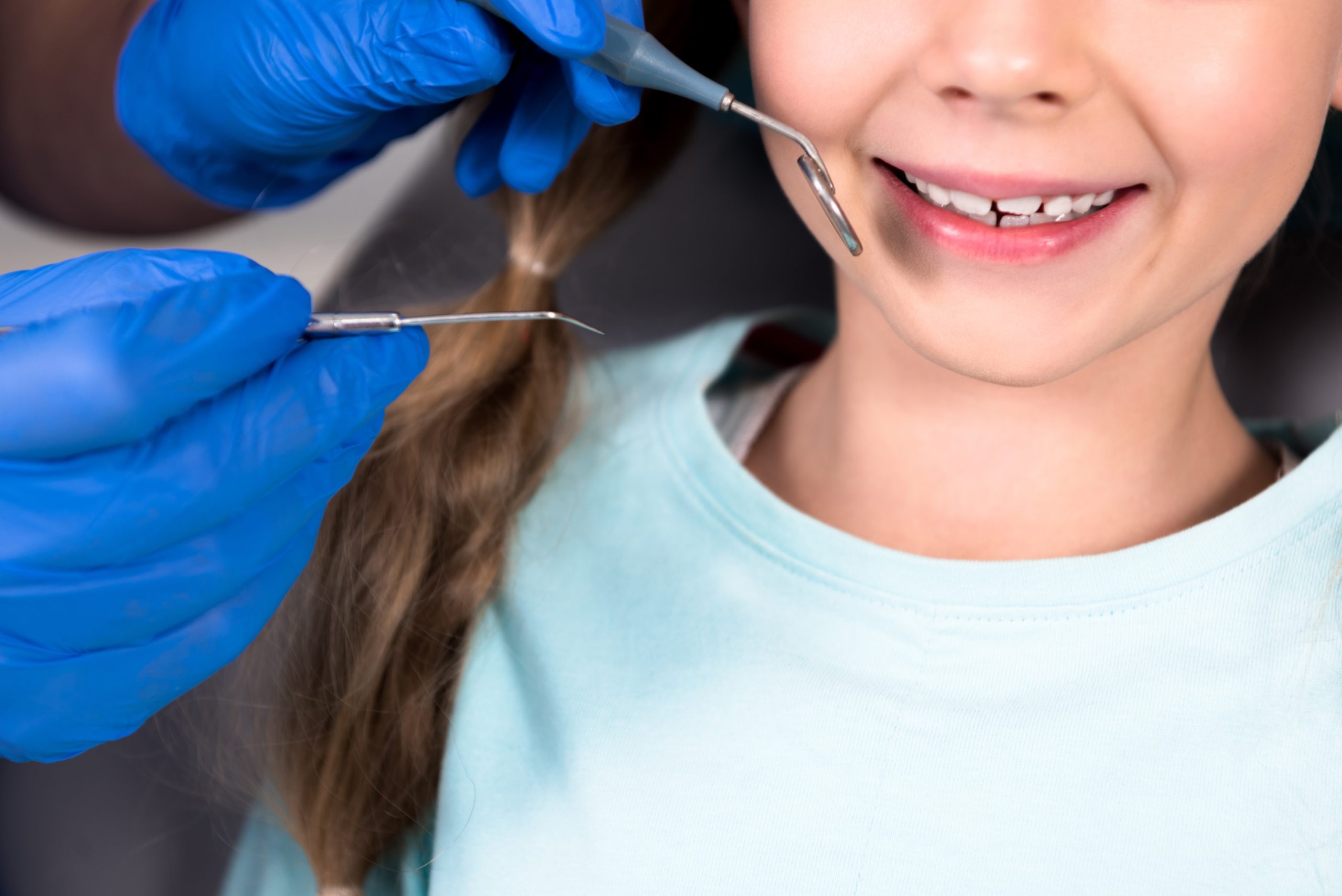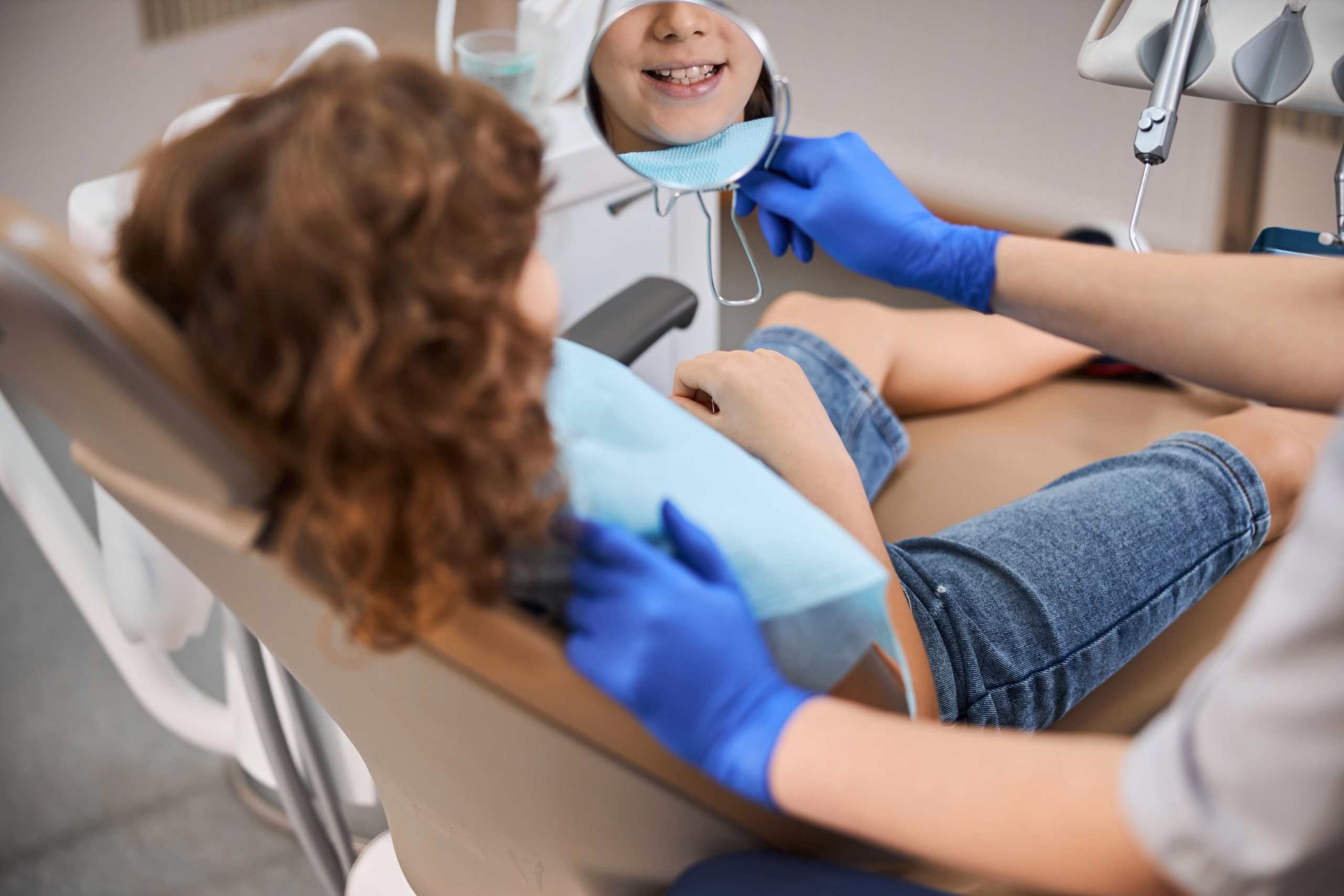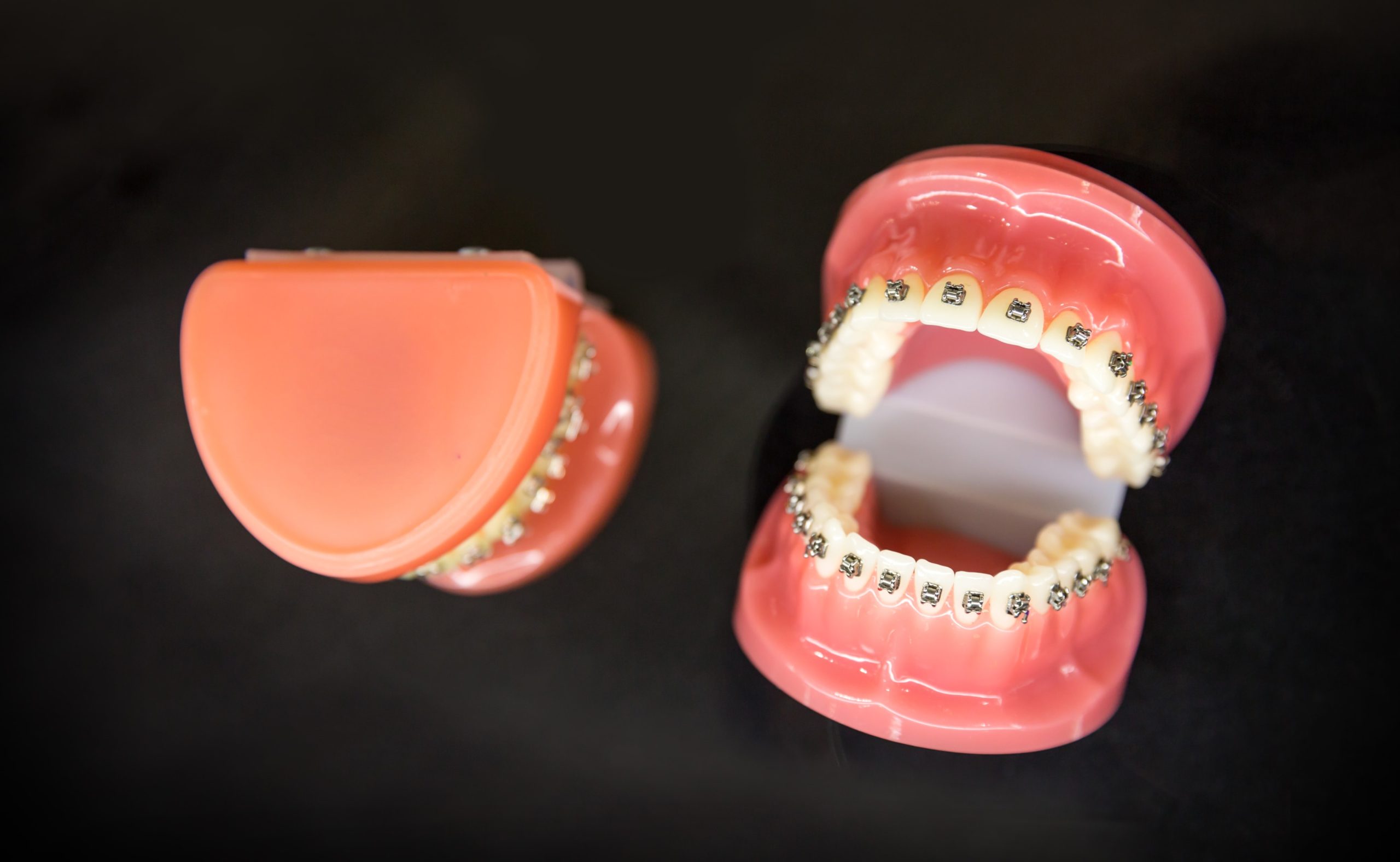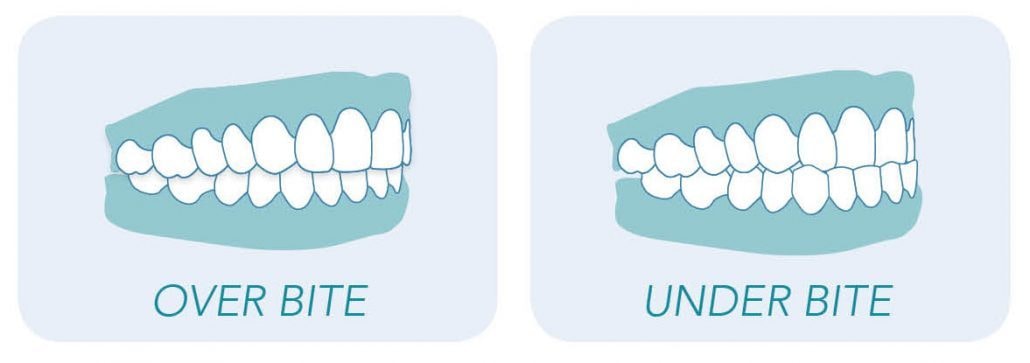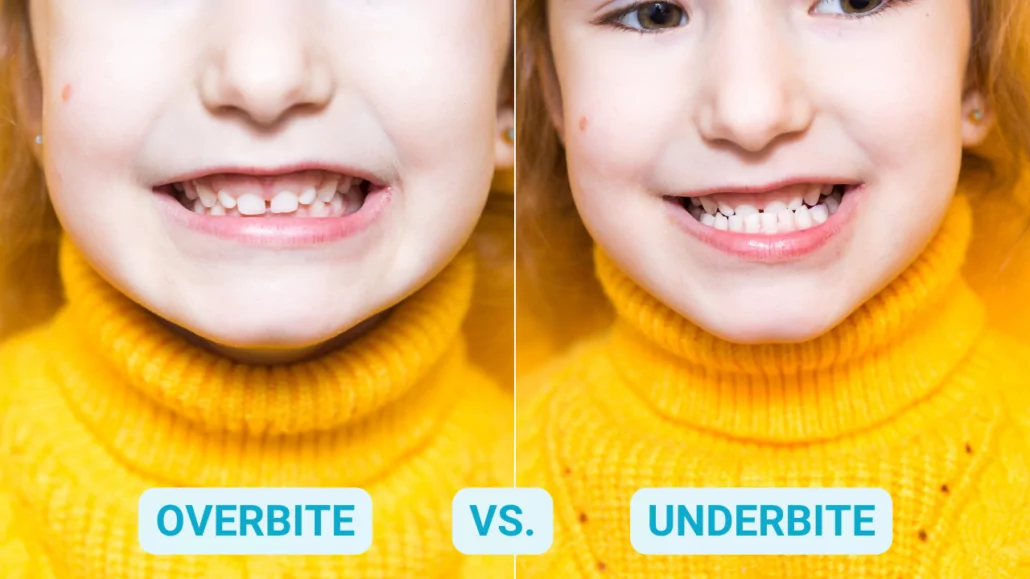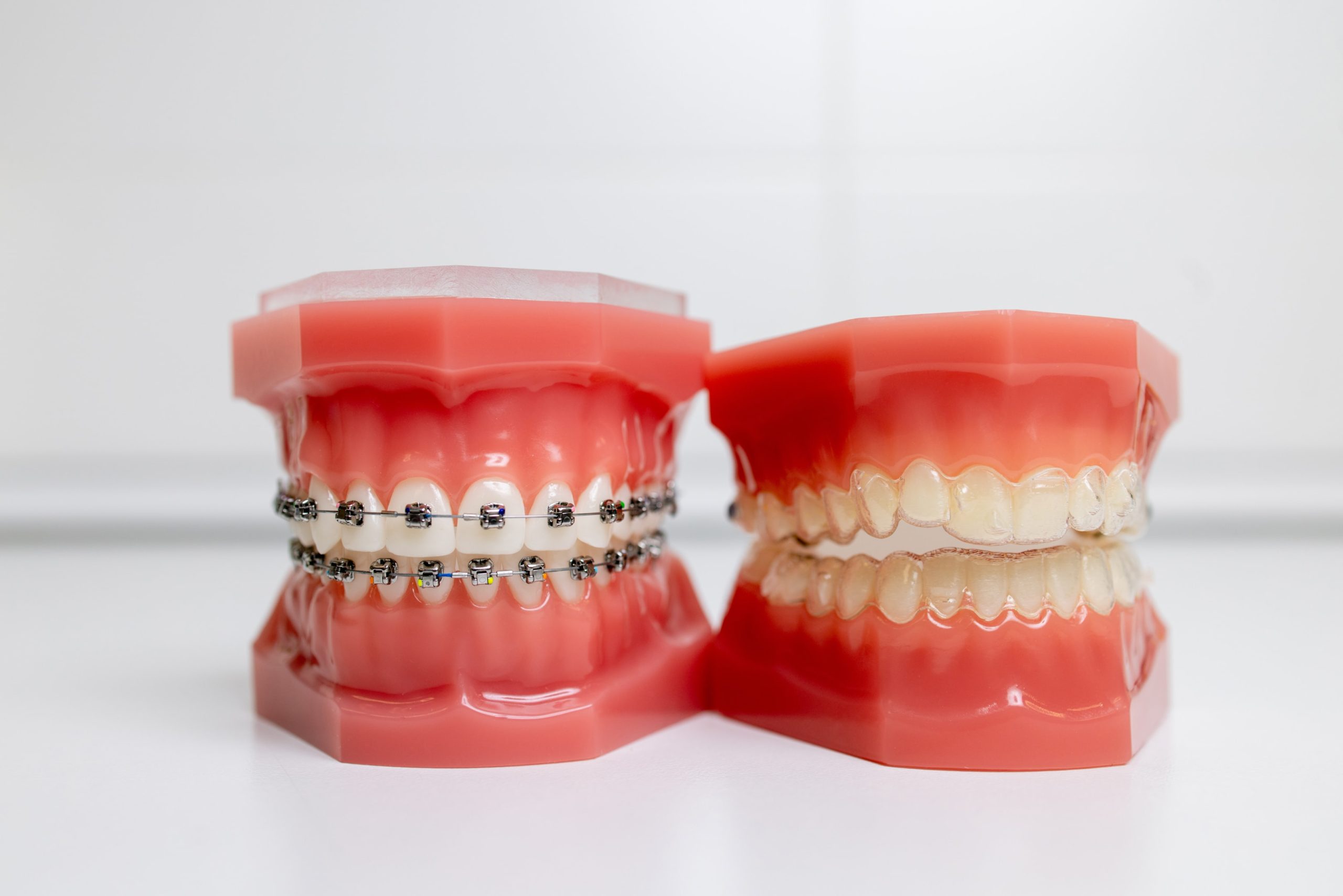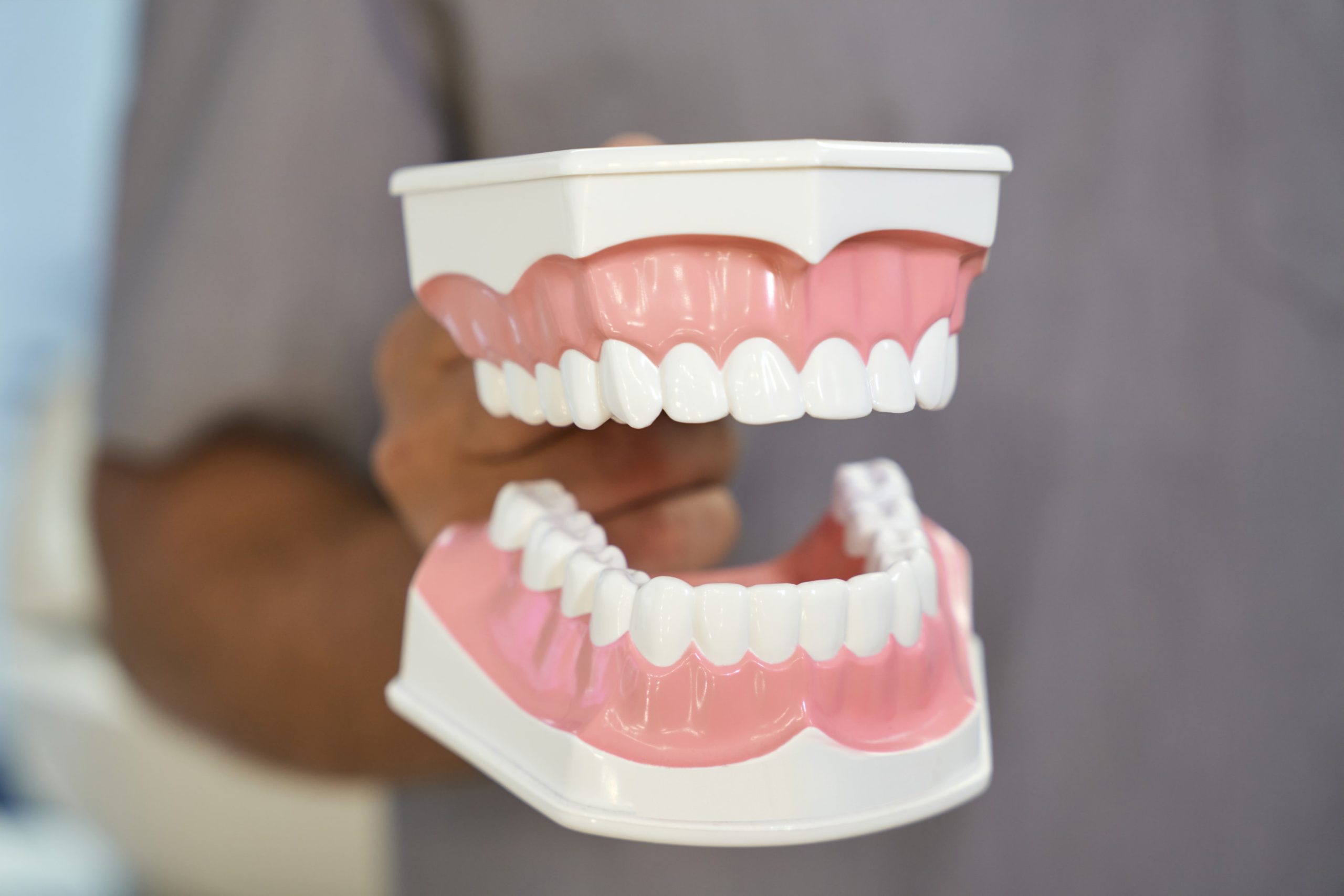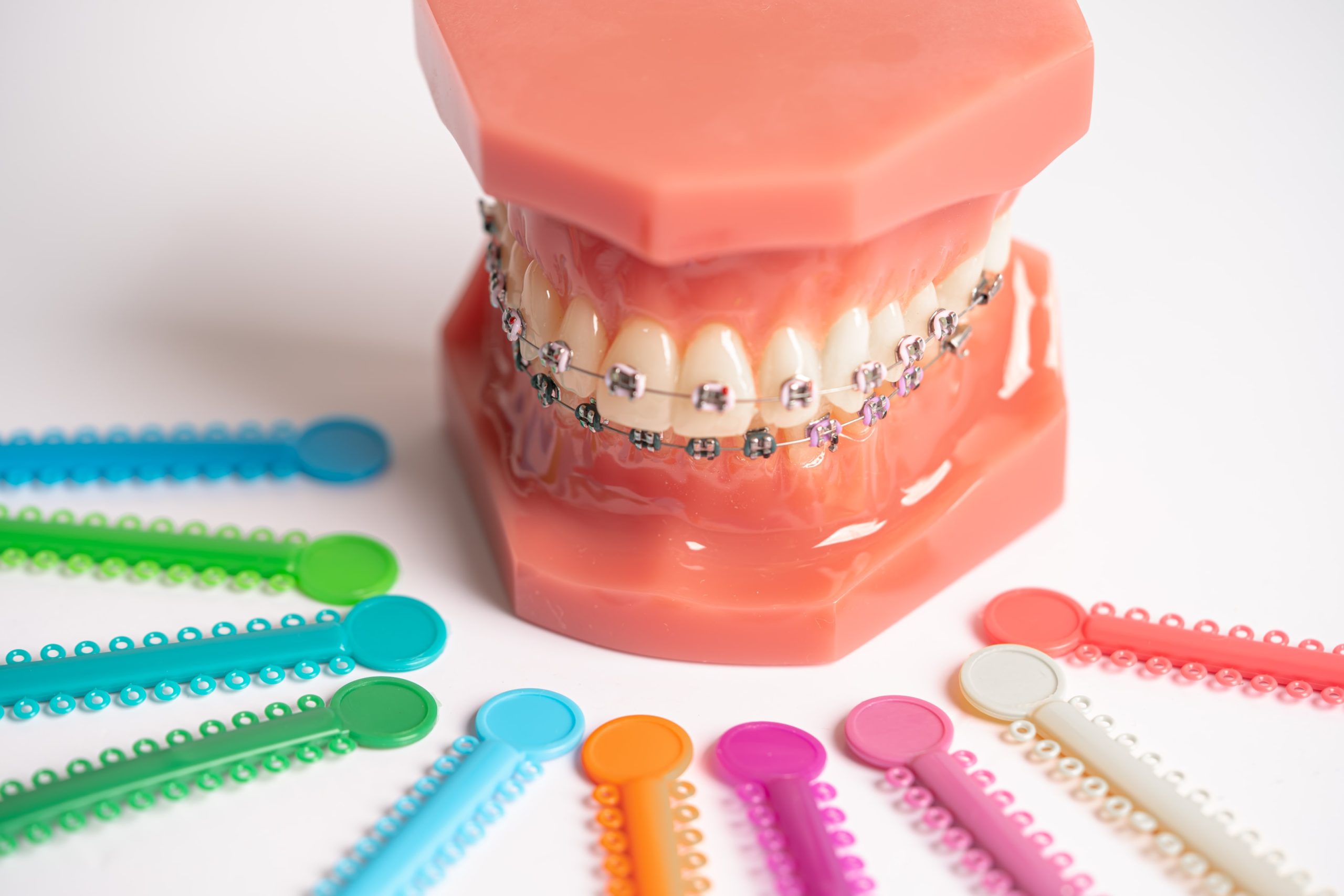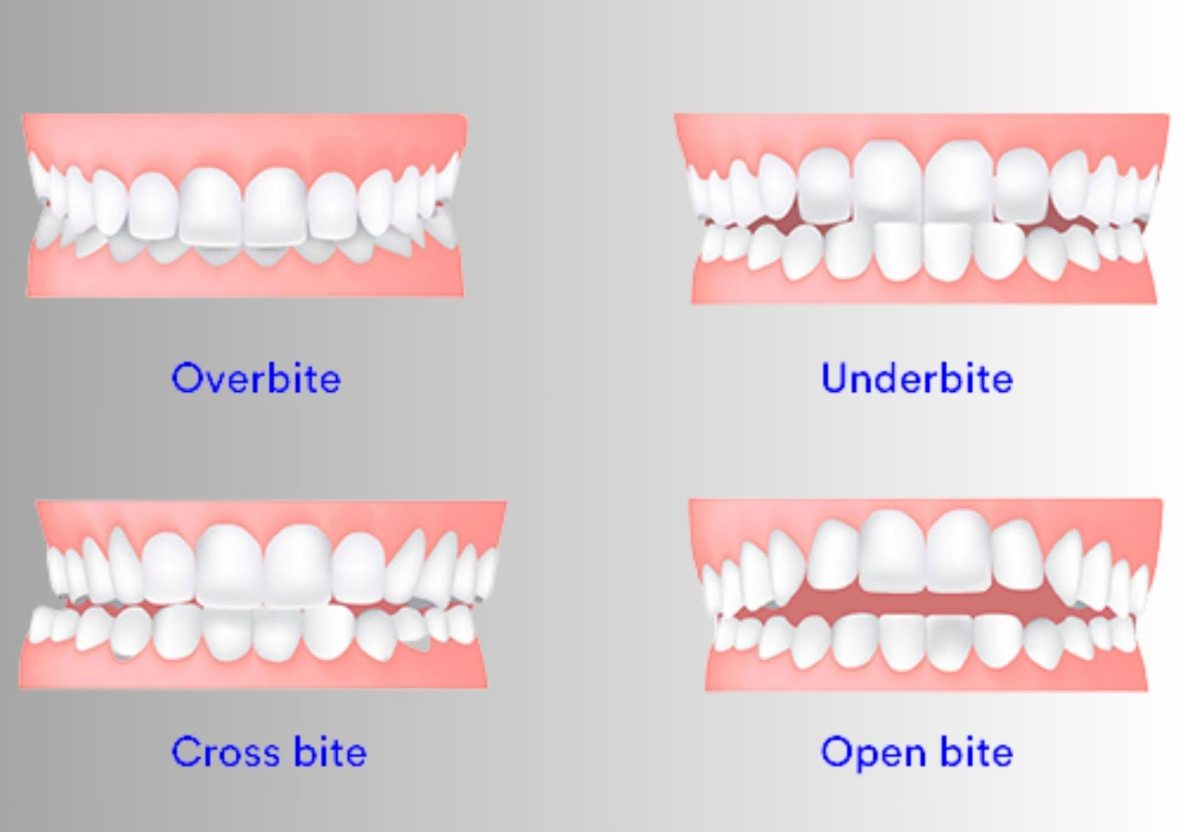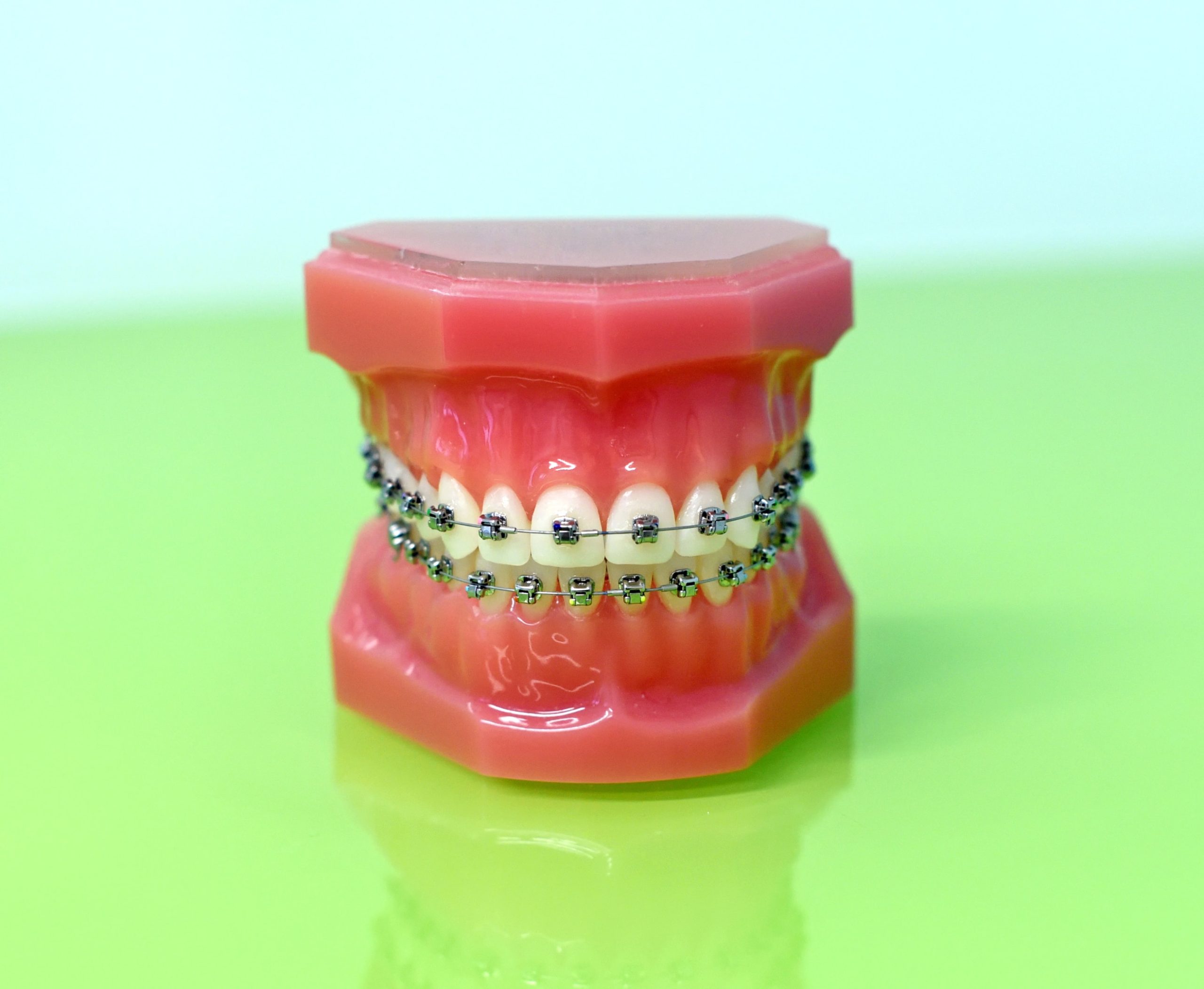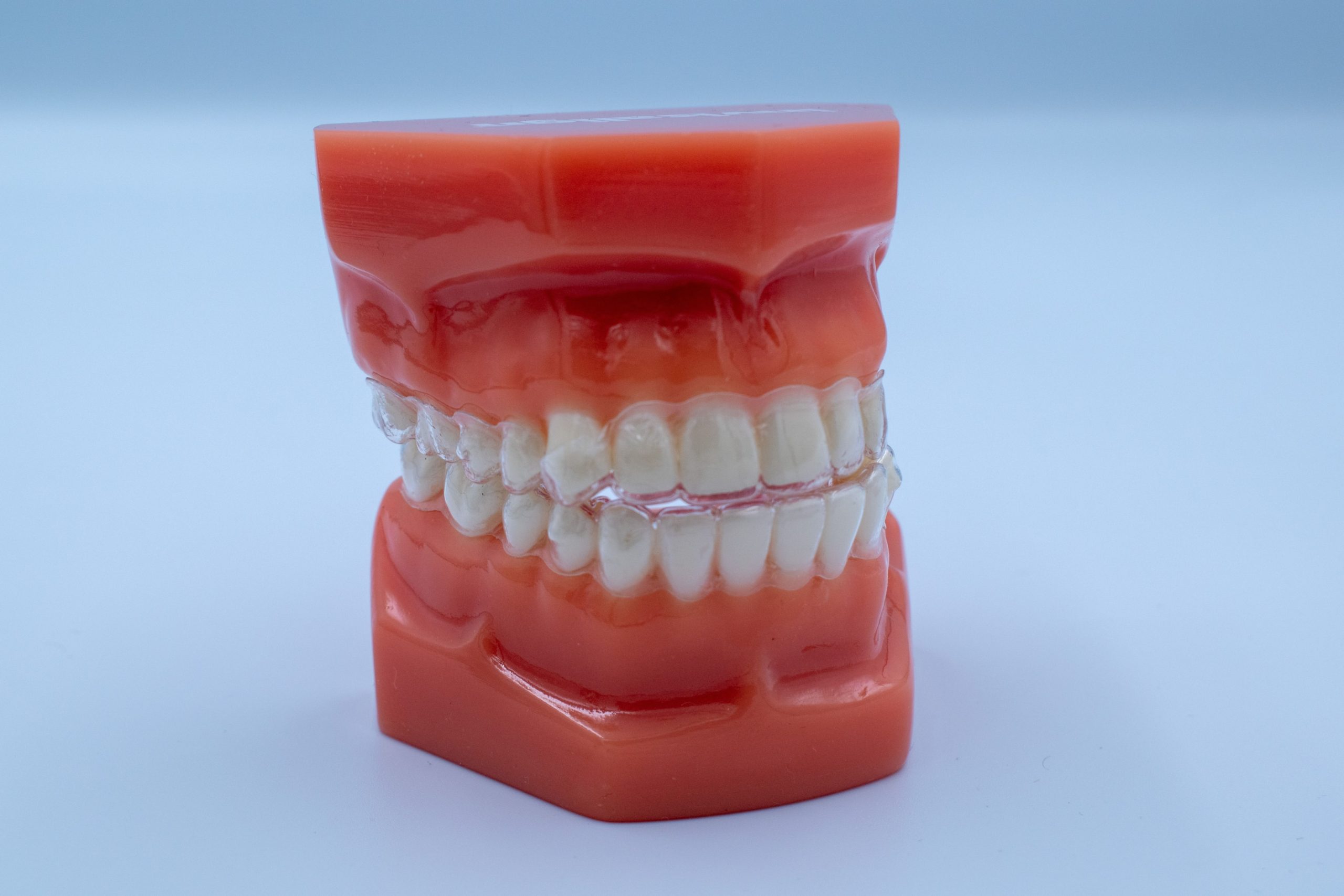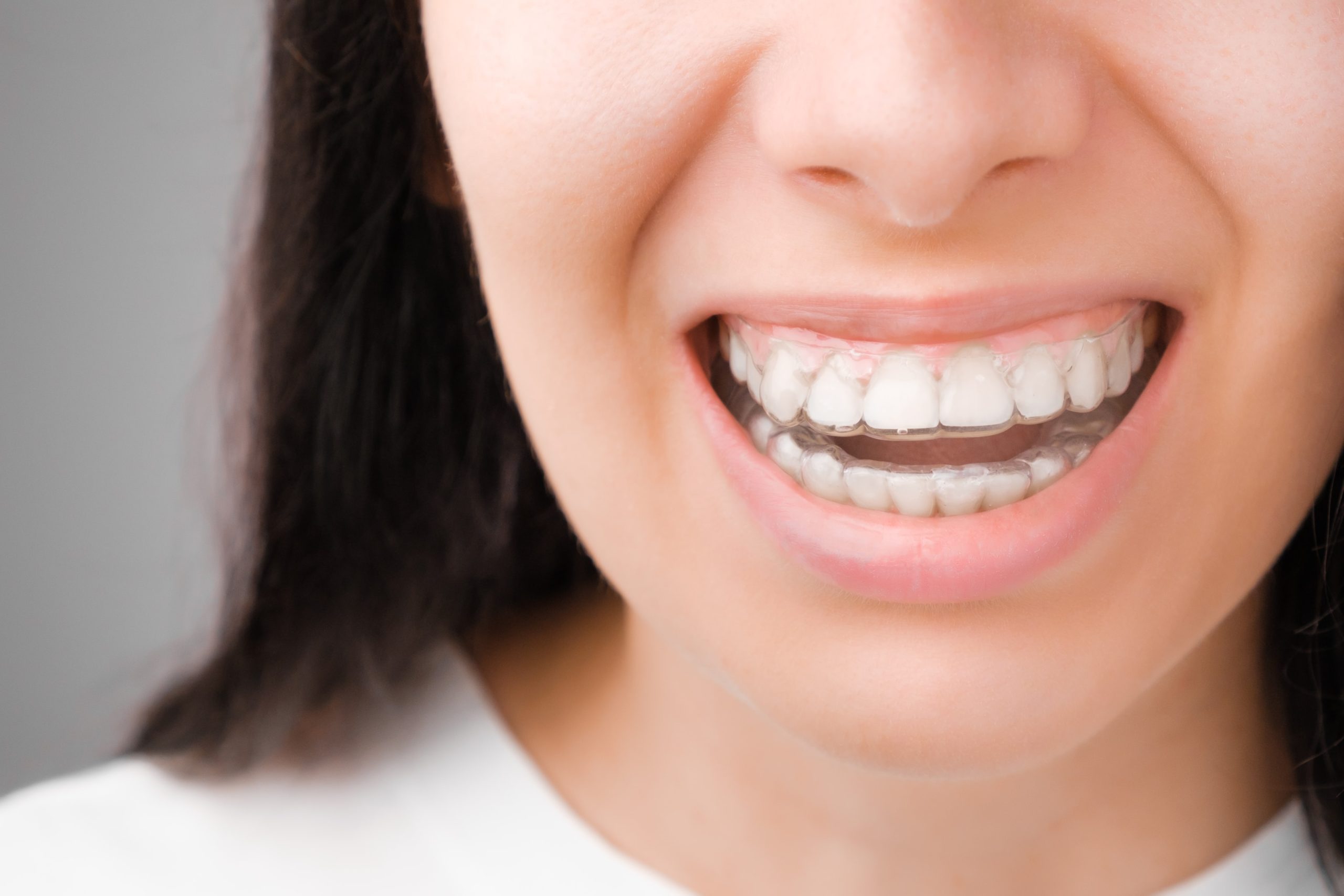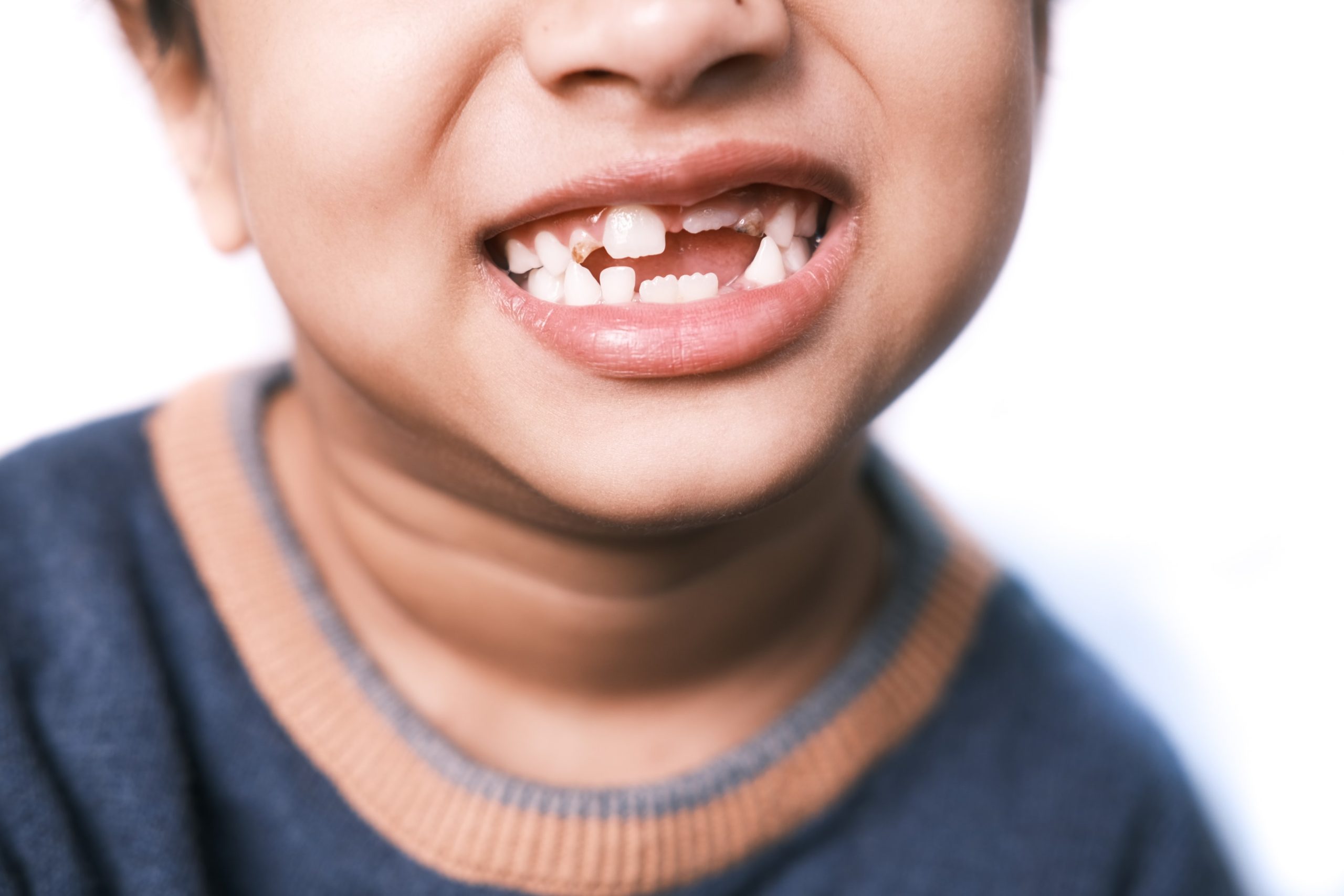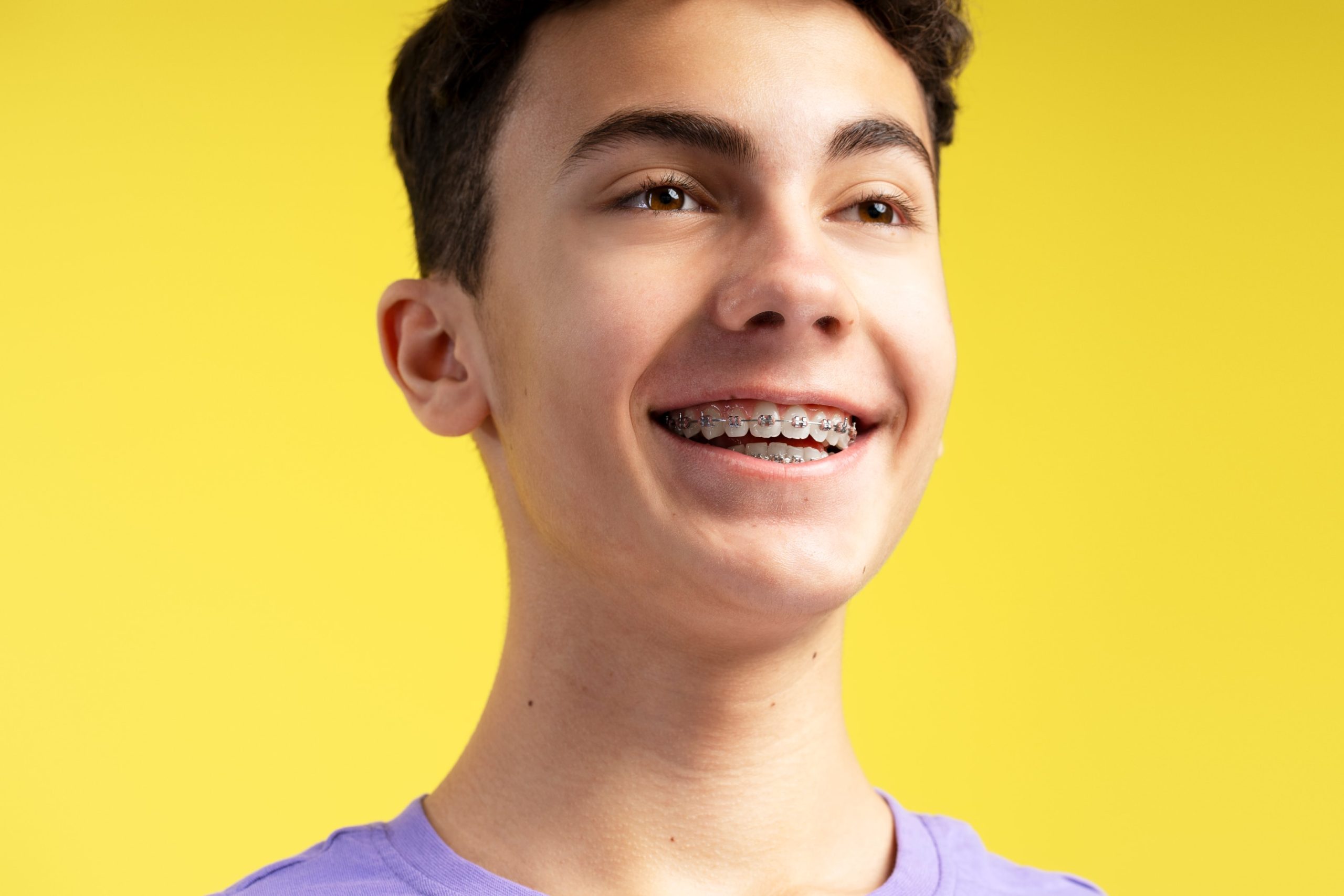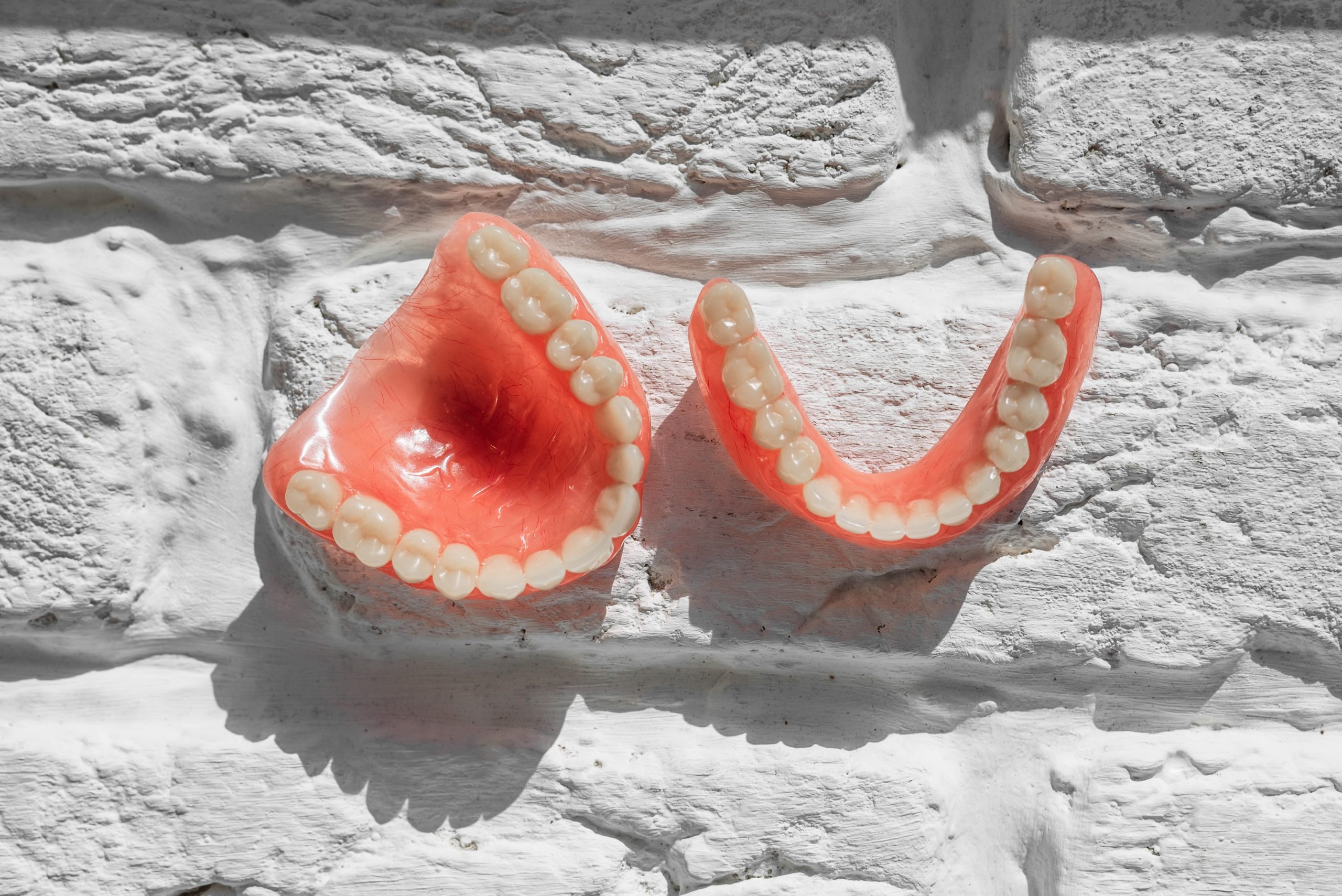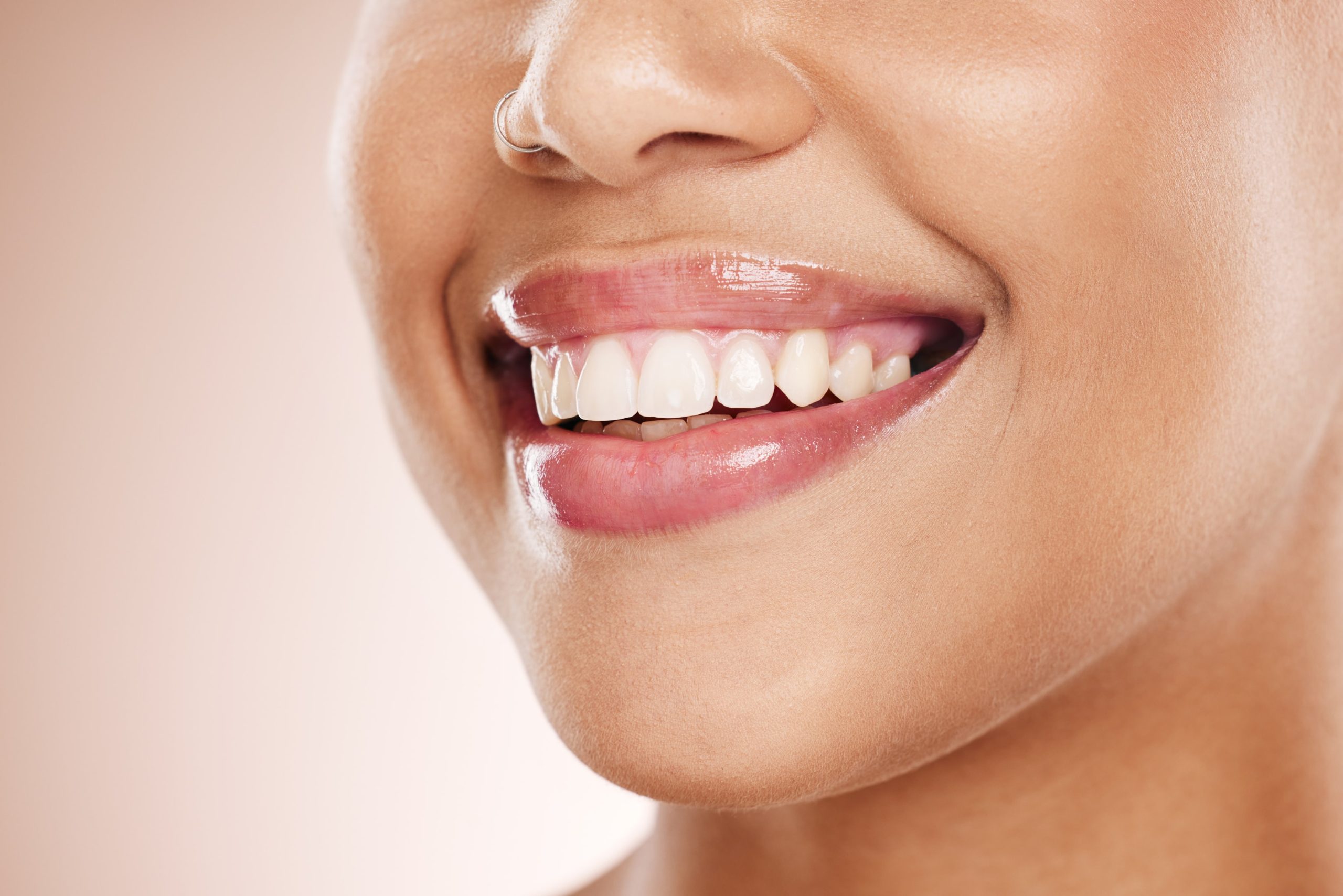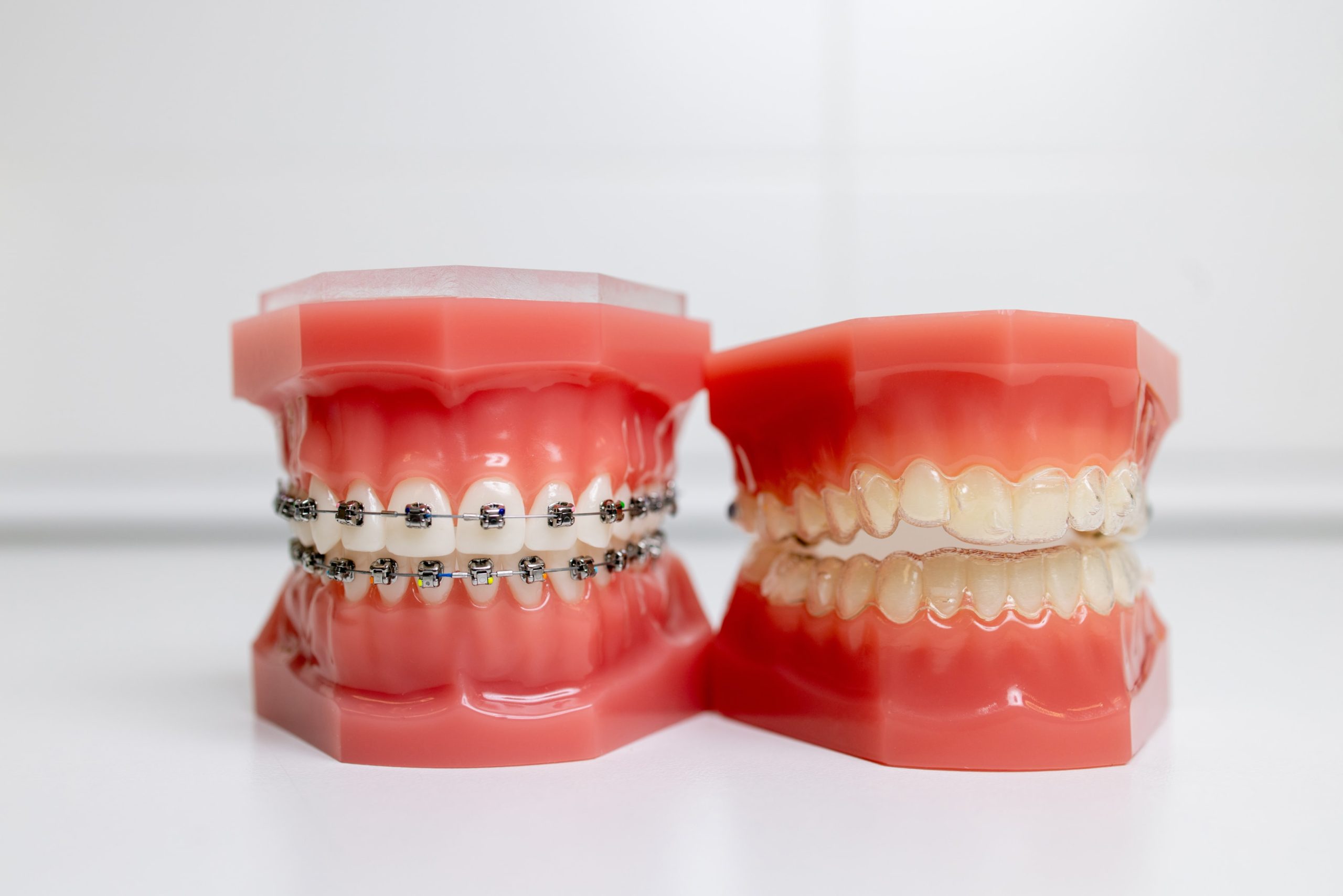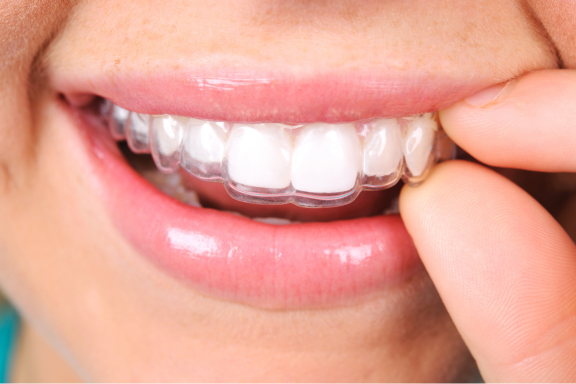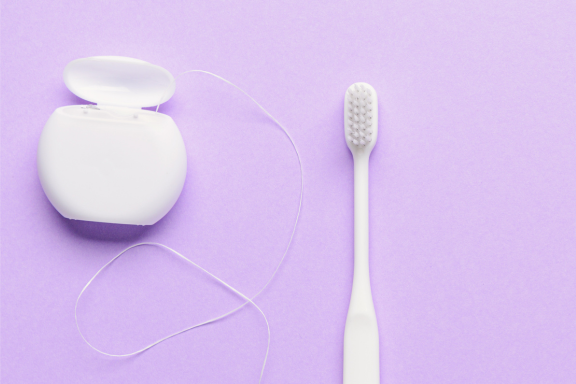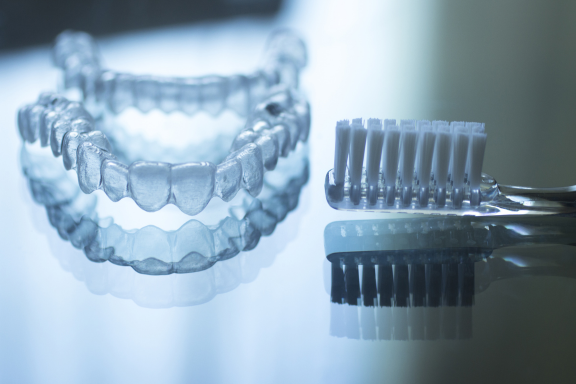Navigating the path to a perfect smile can feel like embarking on an exciting adventure. Picture this: your journey begins with a simple yet vital step—a tooth alignment consultation.
Schedule an orthodontic consultation (Braces and Invisalign consultation) to explore clear and comfortable alternatives to traditional braces. Just as a map guides explorers, a consultation with an orthodontist at Impact Orthodontics sets the course for a healthier, more confident smile.
In this blog post, we’ll dive into why and when you should schedule a tooth alignment consultation, the stellar services offered by Impact Orthodontics, and how the consultation process works. So, moms in Calgary, let’s get started!
Why and When to Schedule a Tooth Alignment Consultation
Scheduling a tooth alignment consultation early is crucial for identifying any potential issues and creating a treatment plan tailored to your needs. Early intervention can prevent more severe problems down the line and ensure a smoother treatment process. Practicing good oral hygiene during orthodontic treatment is essential for its success and to avoid oral health issues.
Recognize the Signs Early
Imagine you’re planting a garden. You wouldn’t wait for the weeds to overrun your flowers before taking action, right? The same principle applies to your child’s dental health. It’s essential to schedule a tooth alignment consultation when you first notice issues like crowding, gaps, or bite problems. The American Association of Orthodontists recommends children see an orthodontist by age seven. Early consultations can prevent more severe issues down the line and may shorten the treatment period.
Early intervention allows the orthodontist to guide jaw growth, correct harmful oral habits, improve facial appearance, and straighten teeth more effectively. This proactive approach can also make treatment simpler and less time-consuming later on.
Early intervention can include the use of removable aligners to address alignment issues effectively. Misaligned teeth can lead to problems with chewing, speaking, and maintaining proper oral hygiene, which can eventually cause tooth decay and gum disease. By addressing these issues early, you can ensure your child enjoys better oral health and overall well-being.
Practical Tip: Keep an eye on your child’s teeth alignment from an early age. If you notice any irregularities, such as misaligned teeth or difficulty biting, it’s time to book a consultation.
Why Choose Impact Orthodontics for Orthodontic Treatment?
At Impact Orthodontics, we pride ourselves on providing top-notch orthodontic care tailored to each patient’s unique needs. Our team of experienced professionals is dedicated to helping you achieve the smile you’ve always wanted. We offer a range of services, including traditional braces and the popular Invisalign treatment.
The Invisalign process involves a series of steps, including digital scans, custom aligners, and regular check-ups to ensure successful treatment. Our state-of-the-art technology and personalized approach ensure that you receive the best possible care throughout your orthodontic journey.
Exceptional Care in Calgary’s SE and SW
Choosing the right orthodontist is like picking the best guide for your adventure. Impact Orthodontics, serving SE and SW Calgary and surrounding communities, stands out for several reasons. We combine advanced technology with a personalized approach to ensure each patient receives the best possible care. Our team is dedicated to making every visit a positive experience, especially for children. Impact Orthodontics also offers Invisalign treatment, which is a clear and comfortable alternative to traditional braces.
At Impact Orthodontics, we understand that each smile is unique. Our experienced team tailors treatments to meet the specific needs of each patient. We offer a range of orthodontic solutions, including traditional braces and clear aligners like Invisalign, ensuring that we can find the perfect fit for your child’s lifestyle and dental requirements. Our practice is equipped with the latest technology, such as the iTero digital scanner, which provides precise 3D images of your child’s teeth, allowing for more accurate treatment planning and monitoring.
Practical Tip: Visit Impact Orthodontics to learn more about our services and read testimonials from happy parents and kids who’ve embarked on their smile journey with us.
Community-Focused Practice
Impact Orthodontics isn’t just about straightening teeth; it’s about creating lasting relationships within the community. We believe in giving back and regularly participate in local events and initiatives. By choosing Impact Orthodontics, you’re not only ensuring top-notch dental care for your child but also supporting a practice that values community involvement and social responsibility.
Practical Tip: Check out our community events page to see how we’re making a difference in Calgary and how you can get involved.
Exploring Tooth Alignment Options: Invisalign and Braces Treatment
Clear Aligners (Invisalign)
Clear aligners, such as Invisalign, are a popular choice for those seeking a discreet way to straighten their teeth. Invisalign braces are a transparent tray system customized for each patient, offering comfort and convenience compared to traditional metal braces. These aligners are removable, making it easier to maintain oral hygiene and enjoy your favorite foods without restrictions.
Modern Solutions for a Brighter Smile: Metal Braces
Gone are the days when metal braces were the only option. At Impact Orthodontics, we offer a range of treatments, including traditional metal braces, clear aligners such as Invisalign, and more. Each method has its unique benefits and is chosen based on individual needs and lifestyle preferences.
Traditional Braces: Traditional metal braces are the most common type of braces and are highly effective for treating complex alignment issues. They consist of metal brackets and wires that are adjusted periodically to move teeth into the desired position. Today’s braces are more comfortable and less noticeable than ever before, with options for colored elastics that can make them fun for kids.
Clear Aligners (Invisalign): Clear aligners are a popular choice for those who prefer a more discreet option. Invisalign aligners are virtually invisible and can be removed for eating, brushing, and flossing. Unlike metal braces, Invisalign aligners do not stain teeth and offer the convenience of being removable. They are custom-made for each patient and gradually shift teeth into place. This option is particularly appealing for older children and teenagers who may feel self-conscious about wearing braces.
Lingual Braces: These braces are similar to traditional braces but are attached to the back of the teeth, making them invisible from the front. Lingual braces are an excellent option for patients who need the effectiveness of traditional braces but want a more aesthetic solution.
Ceramic Braces: Ceramic braces work like traditional metal braces but are made of clear or tooth-colored materials that blend in with the teeth. They are less noticeable and a great option for patients who want effective treatment with a more subtle appearance.
Practical Tip: Discuss with your orthodontist the pros and cons of each alignment method to find the best fit for your child. Clear aligners, for instance, are popular for their discreet appearance and ease of use.
Understanding the Consultation Process
During your consultation, the orthodontist will examine your teeth and discuss your treatment and goals. They will take X-rays, photographs, and impressions of your teeth to help create a customized treatment plan for your needs.
At this time, the orthodontist will also discuss the cost, duration, and effectiveness of Invisalign treatments.
What to Expect During Your Visit: Treatment Plan
Your journey starts with a comprehensive consultation. Think of it as planning your garden layout before planting. During this visit, we’ll take digital scans, photos, and X-rays to understand the exact nature of the alignment issues. Our orthodontists will then craft a personalized treatment plan tailored to your child’s needs.
The consultation is an opportunity for you and your child to ask questions and learn about the different treatment options available. Our team will explain the pros and cons of each method, the expected duration of treatment, and what you can expect during each phase. We will also discuss the financial aspects of the treatment, including payment plans and insurance coverage, to ensure you have a clear understanding of the costs involved.
Practical Tip: Prepare a list of questions to ask during the consultation. This ensures you leave with a clear understanding of the treatment process, duration, and costs involved.
The Impact Orthodontics Difference
Advanced Technology and Personalized Care
At Impact Orthodontics, we pride ourselves on using cutting-edge technology to deliver the best results. Our iTero digital scanner, for instance, creates detailed 3D images of your child’s teeth, allowing for precise treatment planning. Combined with our experienced team’s dedication, this technology ensures a smooth and effective treatment journey.
Digital scans are more comfortable for patients than traditional molds and provide a more accurate representation of the teeth. This technology allows for better-fitting aligners and more predictable results. Additionally, our use of advanced software enables us to show you a visual representation of the expected outcome, so you and your child can see the potential results before starting treatment.
Practical Tip: Leverage our technology by scheduling regular check-ups and adjustments. This helps in tracking progress and making necessary tweaks for optimal results.
A Caring and Supportive Environment
We understand that visiting the orthodontist can be a daunting experience for children. That’s why we strive to create a welcoming and supportive environment. Our friendly staff and comfortable office setting help put children at ease. We also offer a range of resources and educational materials to help children understand their treatment and stay motivated throughout the process.
Practical Tip: Encourage your child to participate in our patient reward programs and activities to make their orthodontic journey more enjoyable and engaging.
Payment Plans and Financing Options
Making Quality Care Accessible
We believe financial considerations should never be a barrier to a beautiful smile. That’s why we will offer flexible payment plans and financing options tailored to fit your budget. Whether you prefer a monthly payment plan or need help with insurance claims, our team is here to assist you.
Interest-Free Payment Plans: We offer interest-free payment plans that allow you to spread the cost of treatment over several months or years. This option can make it easier to manage the financial aspect of orthodontic care without compromising on quality.
Insurance Assistance: Our team will work with you to maximize your insurance benefits and handle the claims process on your behalf. We also coordinate benefits from multiple insurance providers to ensure you receive the maximum coverage possible.
Practical Tip: Explore our financing options during your consultation. This allows you to plan financially for the treatment without compromising on the quality of care.
The Importance of Follow-Up Care
Ensuring Long-Term Success
Orthodontic treatment doesn’t end when the braces come off or the aligners are finished. Follow-up care is crucial to maintaining the results and ensuring long-term success. Retainers play a vital role in keeping teeth in their new positions and preventing relapse. At Impact Orthodontics, we provide detailed instructions on how to care for your retainers and schedule regular check-ups to monitor your progress.
Practical Tip: Make sure your child wears their retainer as instructed by the orthodontist. Consistent use of the retainer is essential for maintaining the results of the treatment.
Conclusion
Embarking on the journey to a perfect smile starts with a single step—a tooth alignment consultation at Impact Orthodontics. By recognizing early signs of misalignment, choosing a trusted orthodontic practice, exploring various treatment options, and understanding the consultation process, you can ensure your child’s smile blossoms beautifully. Remember, at Impact Orthodontics, we’re committed to guiding you every step of the way. So why wait? Book your consultation today to straighten your teeth and take the first step towards a healthier, more confident smile for your child.
Inspiring Message: Every great journey begins with a single step. Schedule your consultation with Impact Orthodontics today, and let us help your child’s smile shine bright!
For more information, visit Impact Orthodontics and start your smile journey today!

